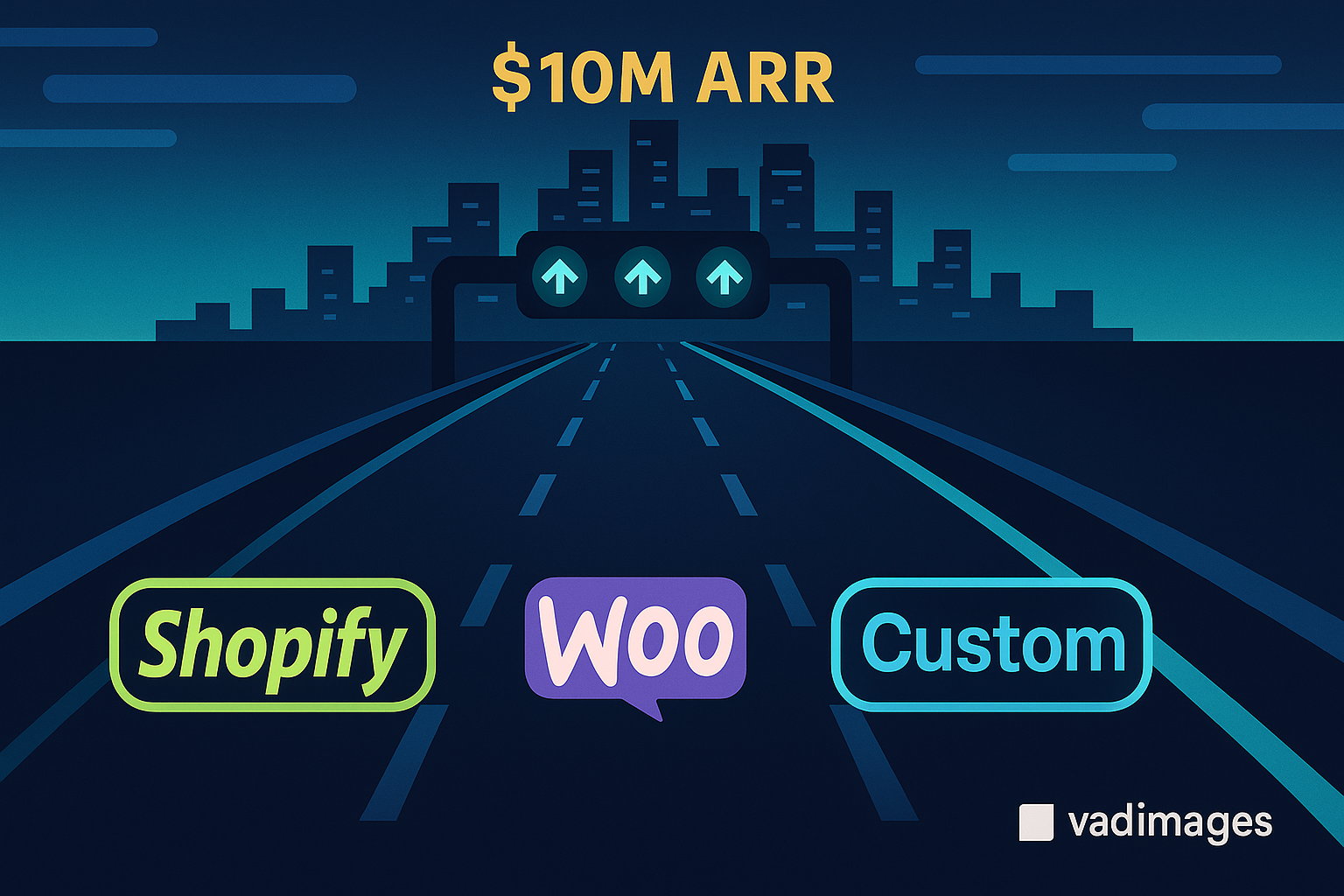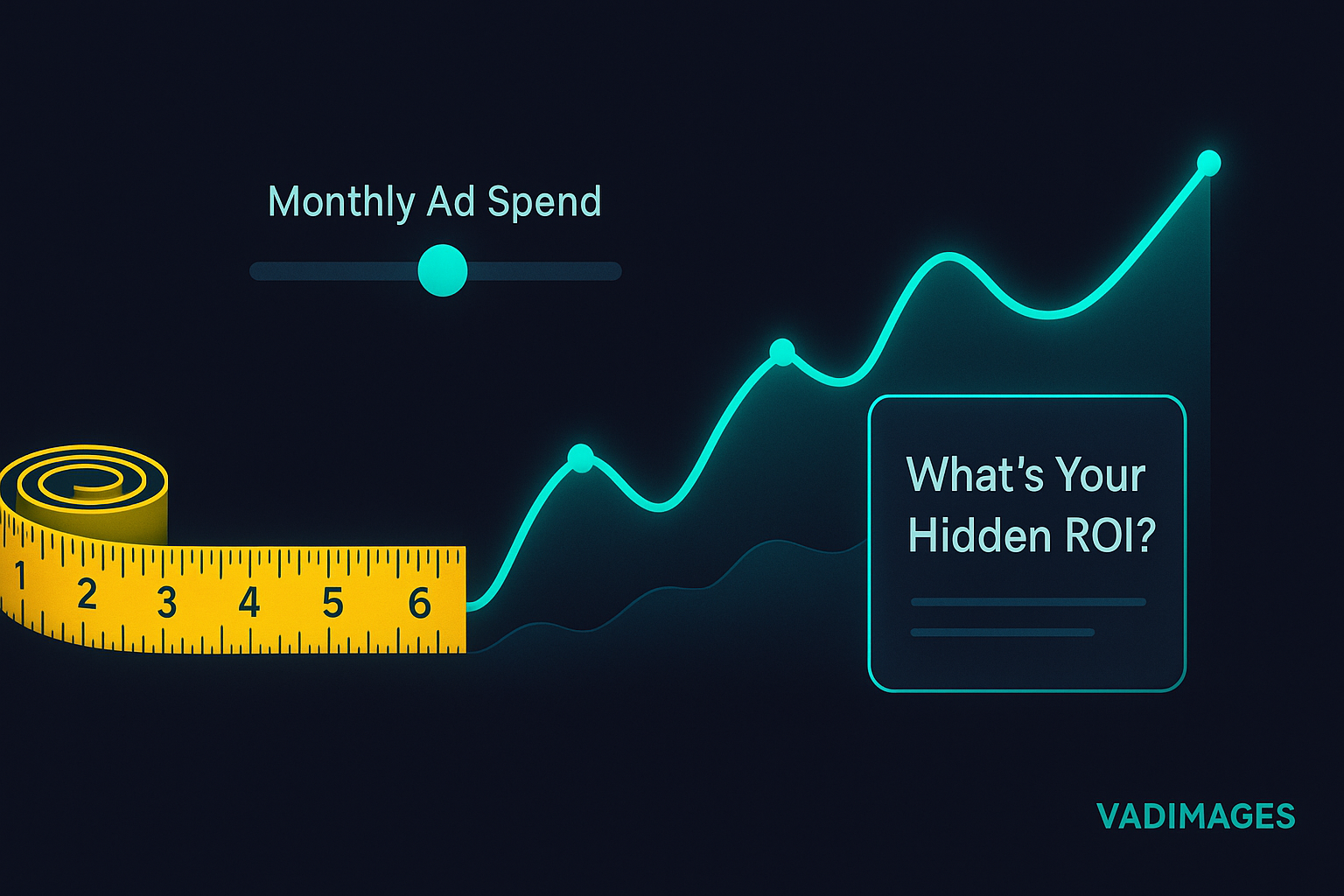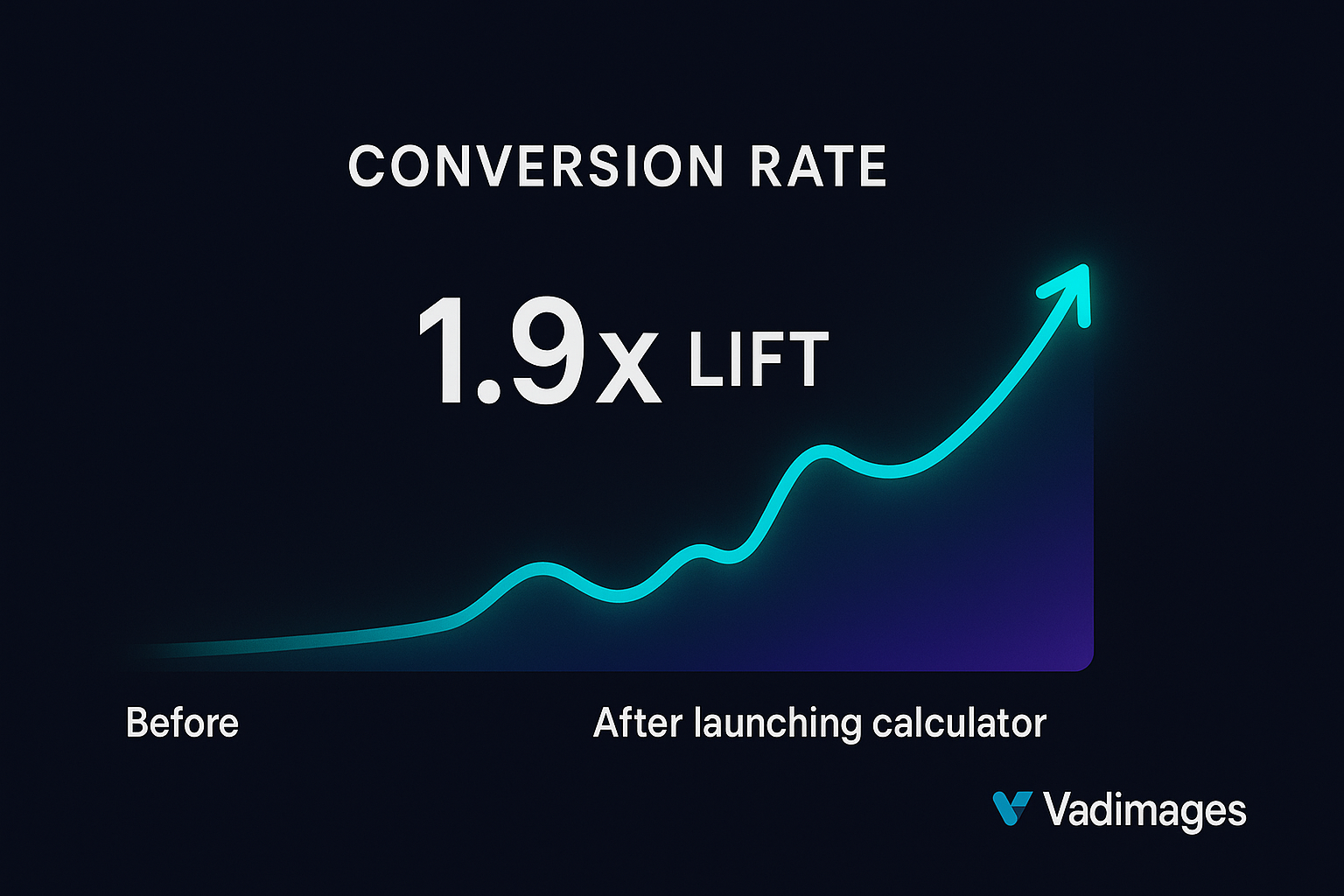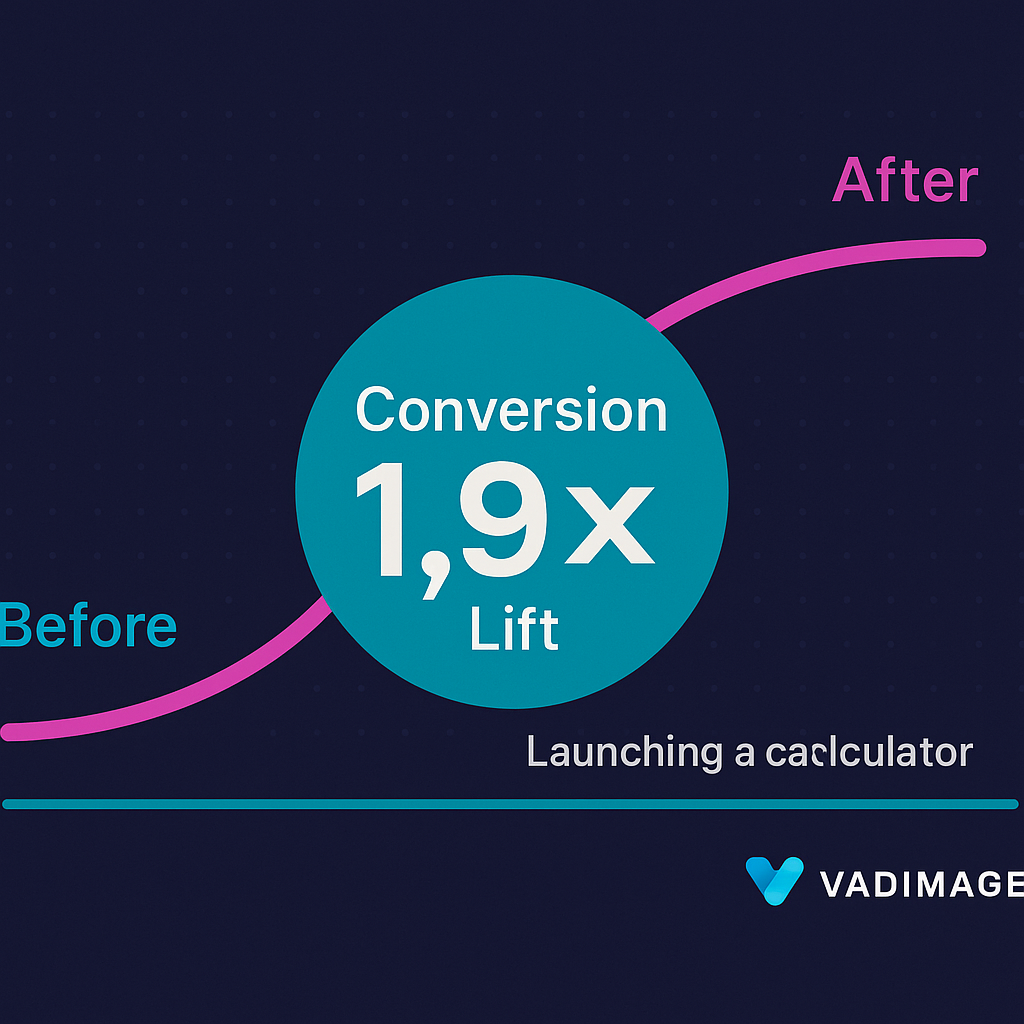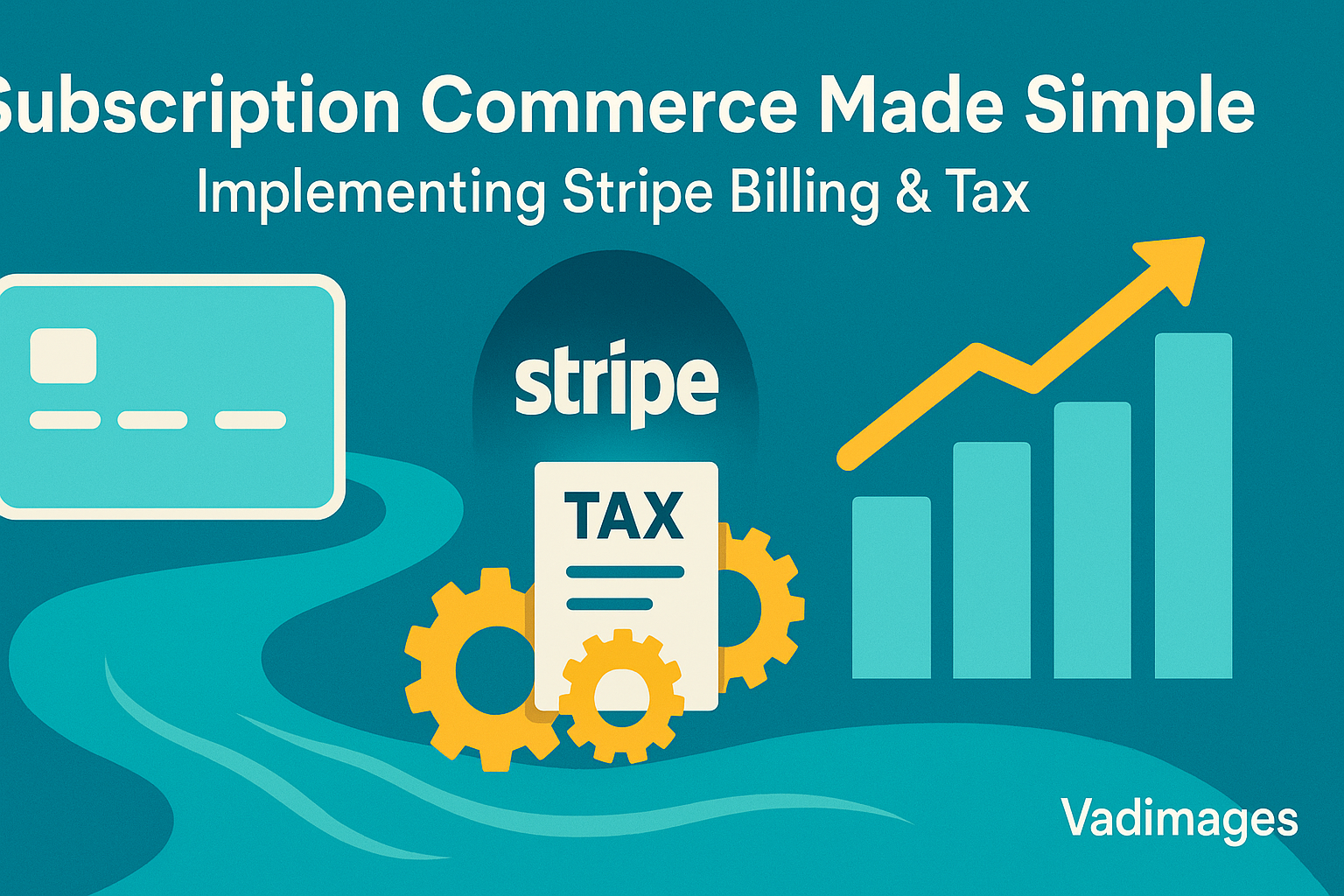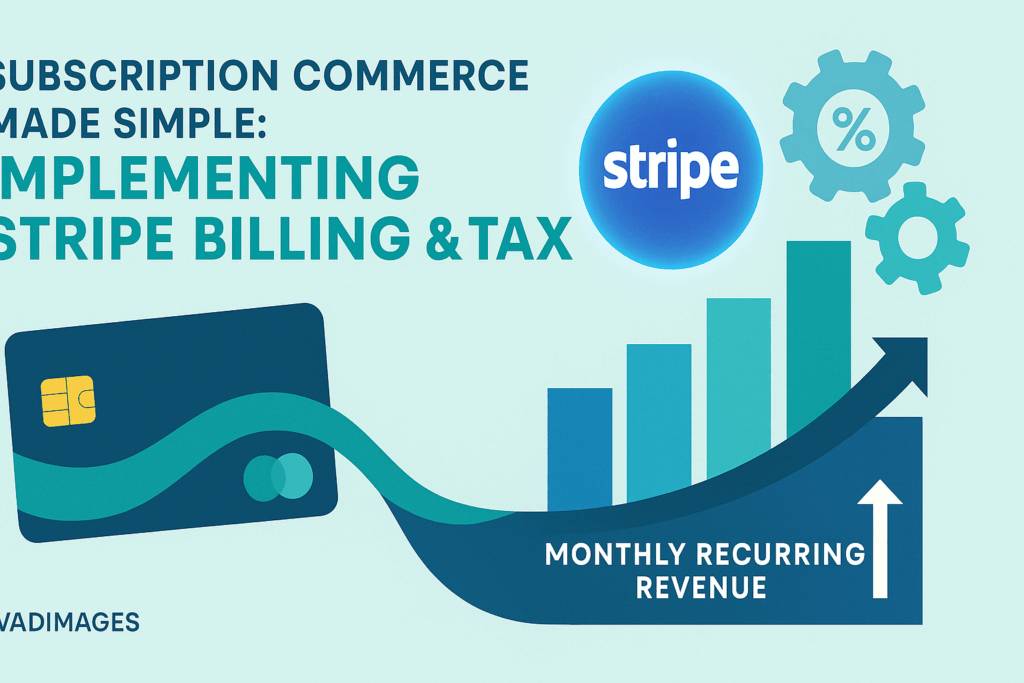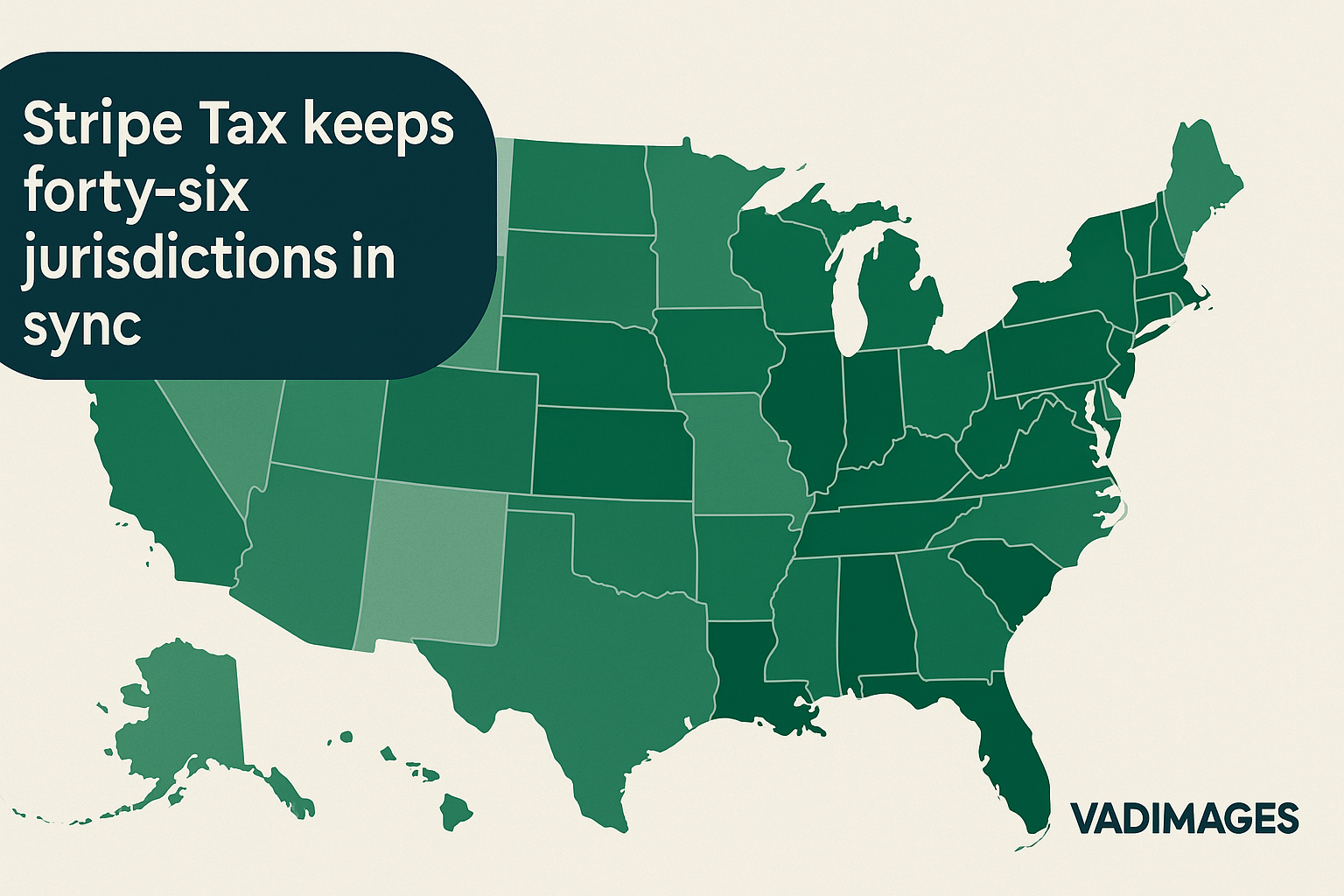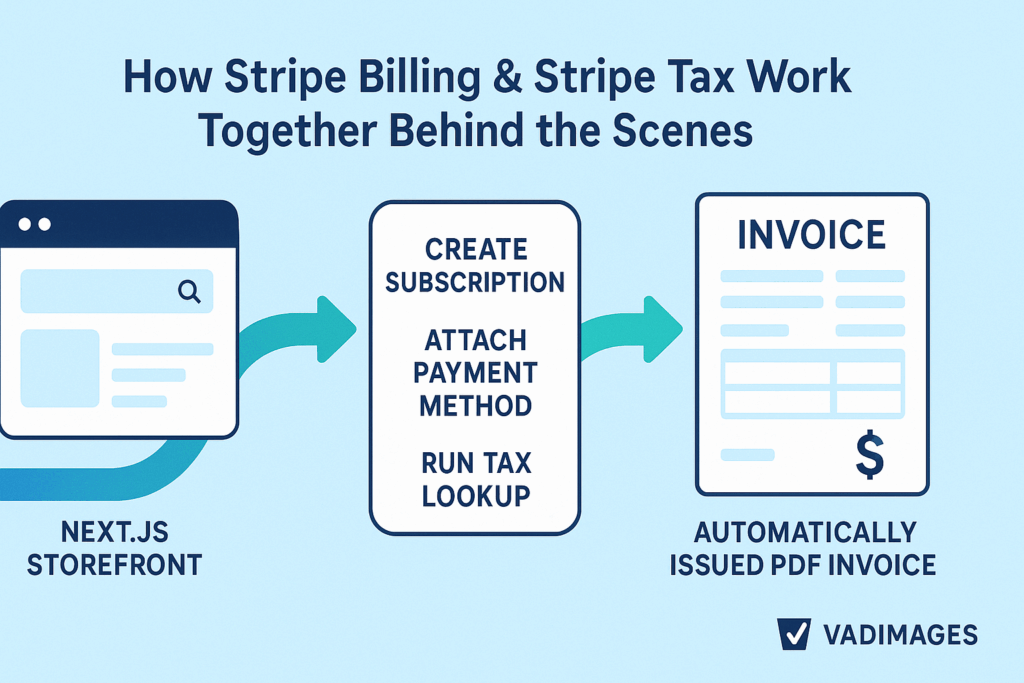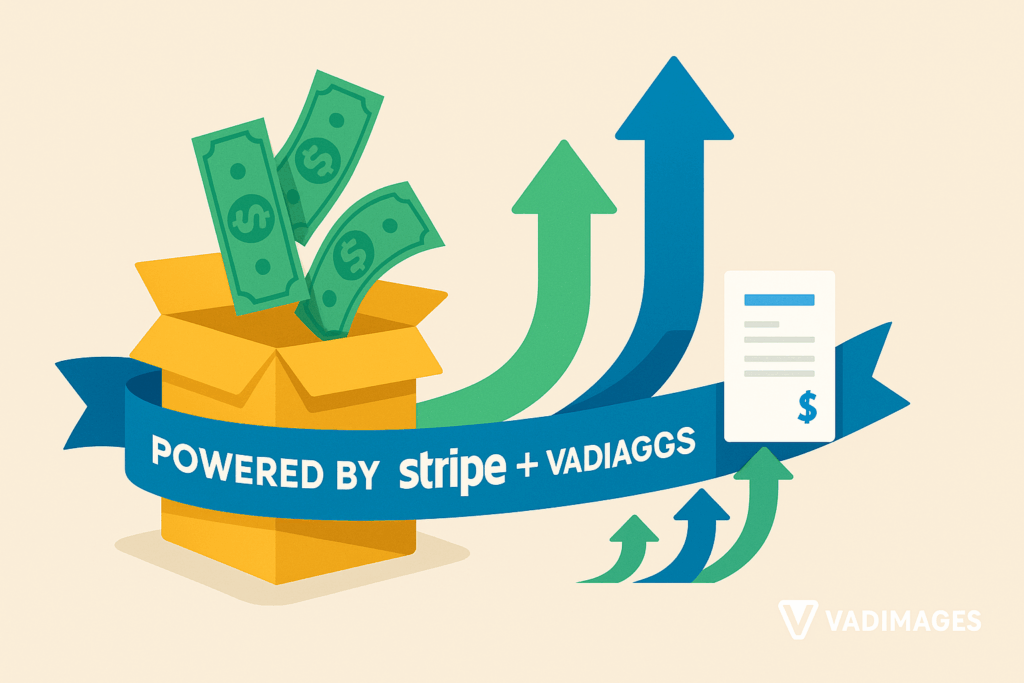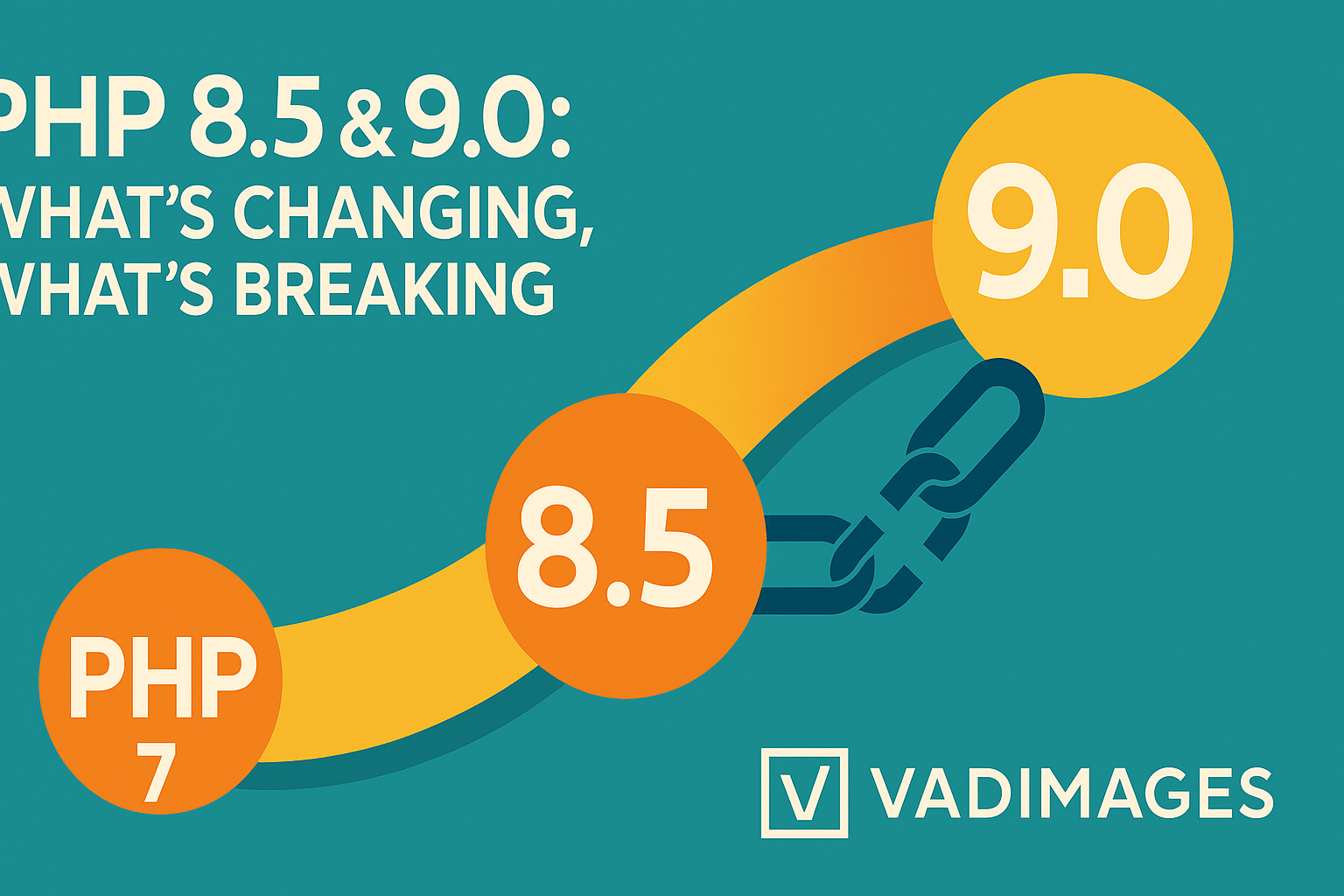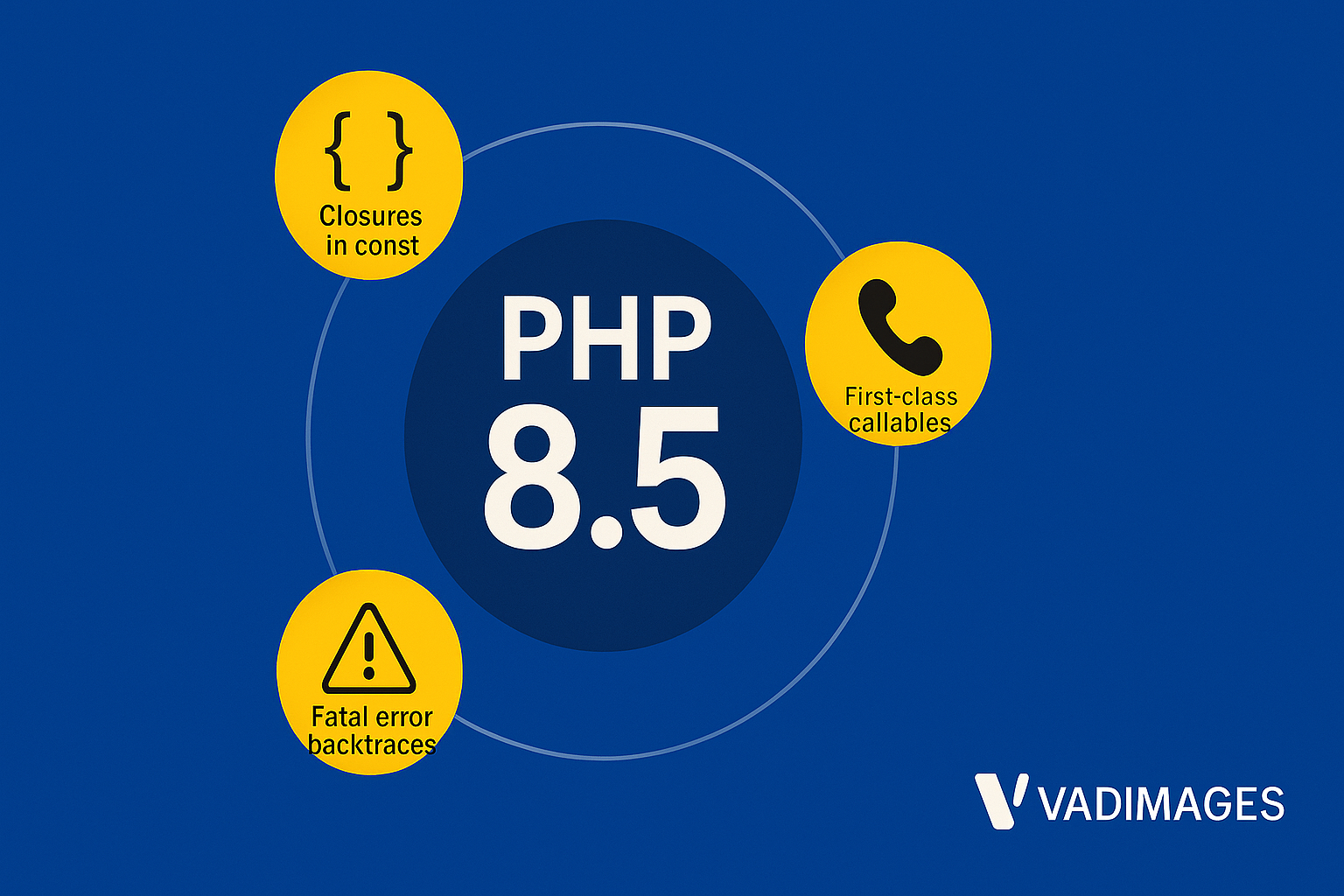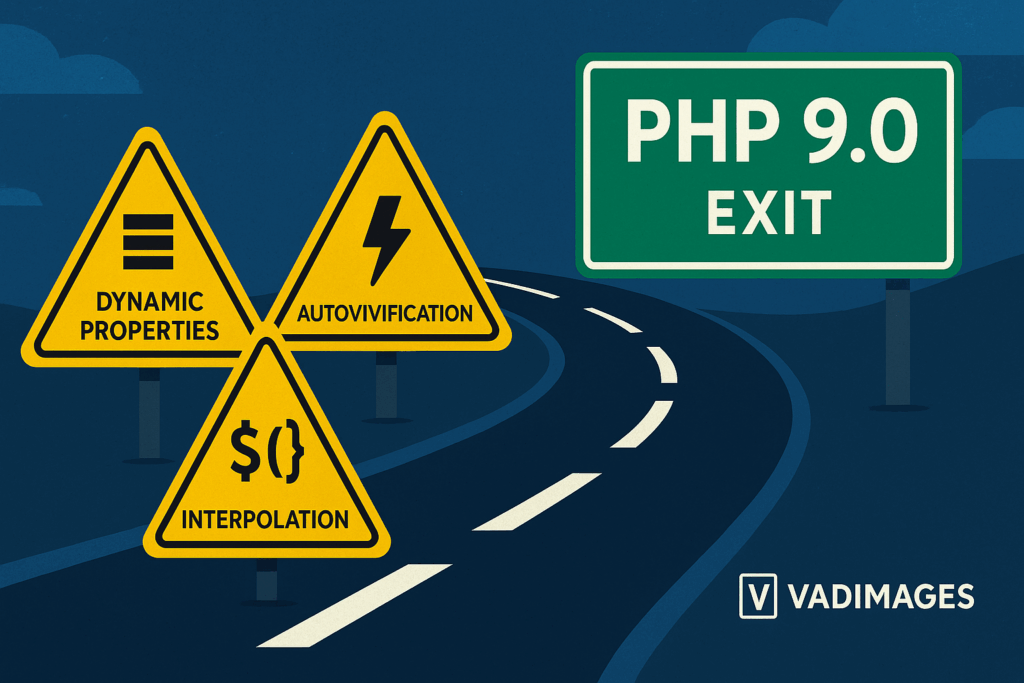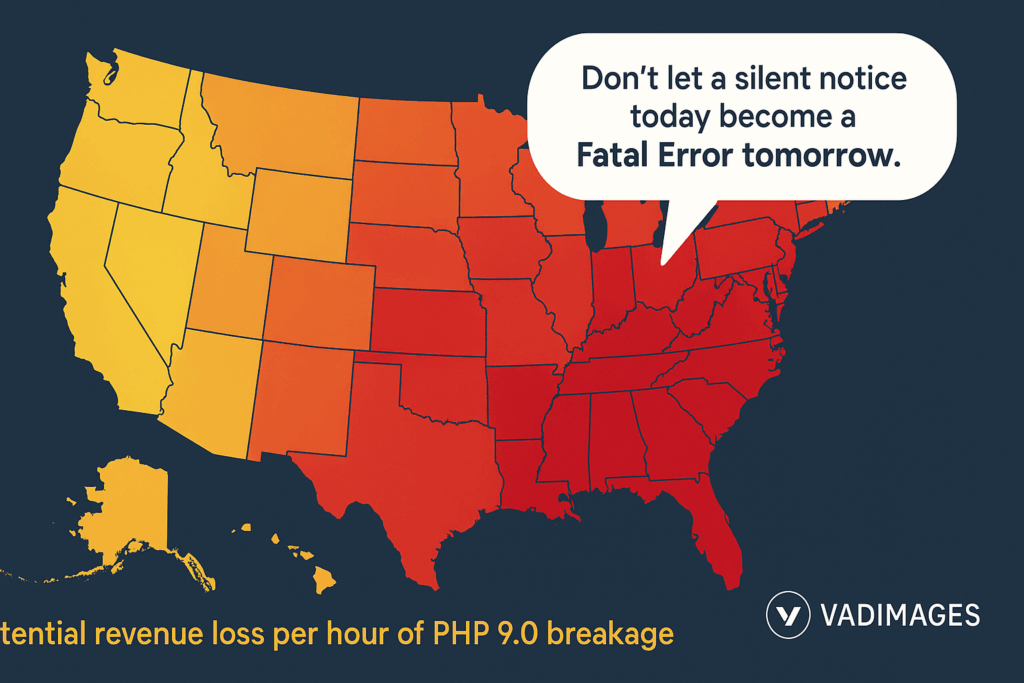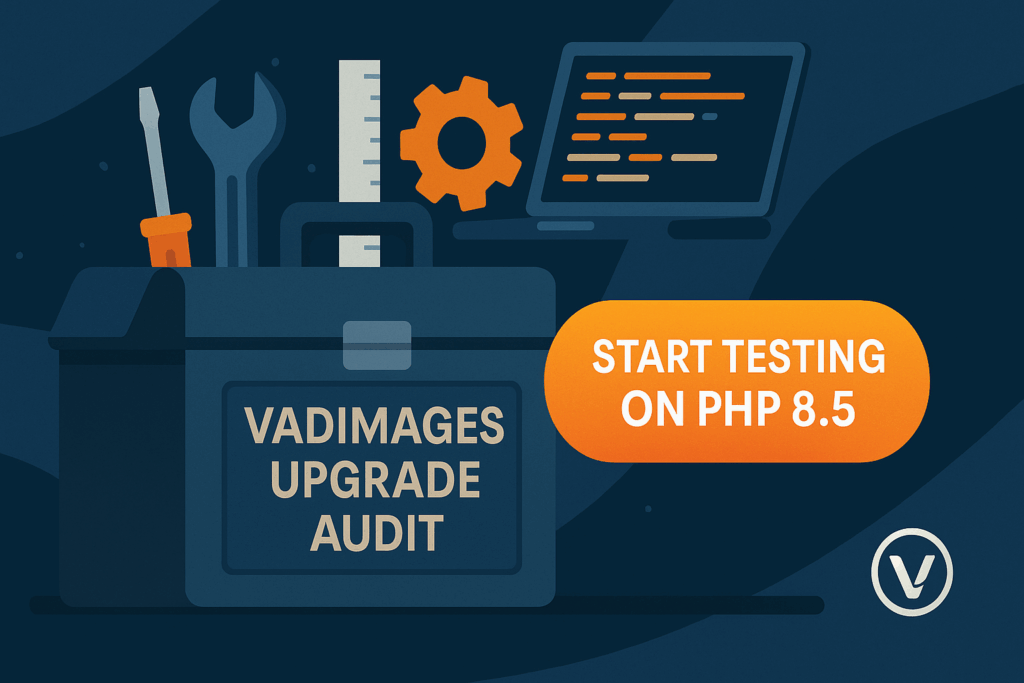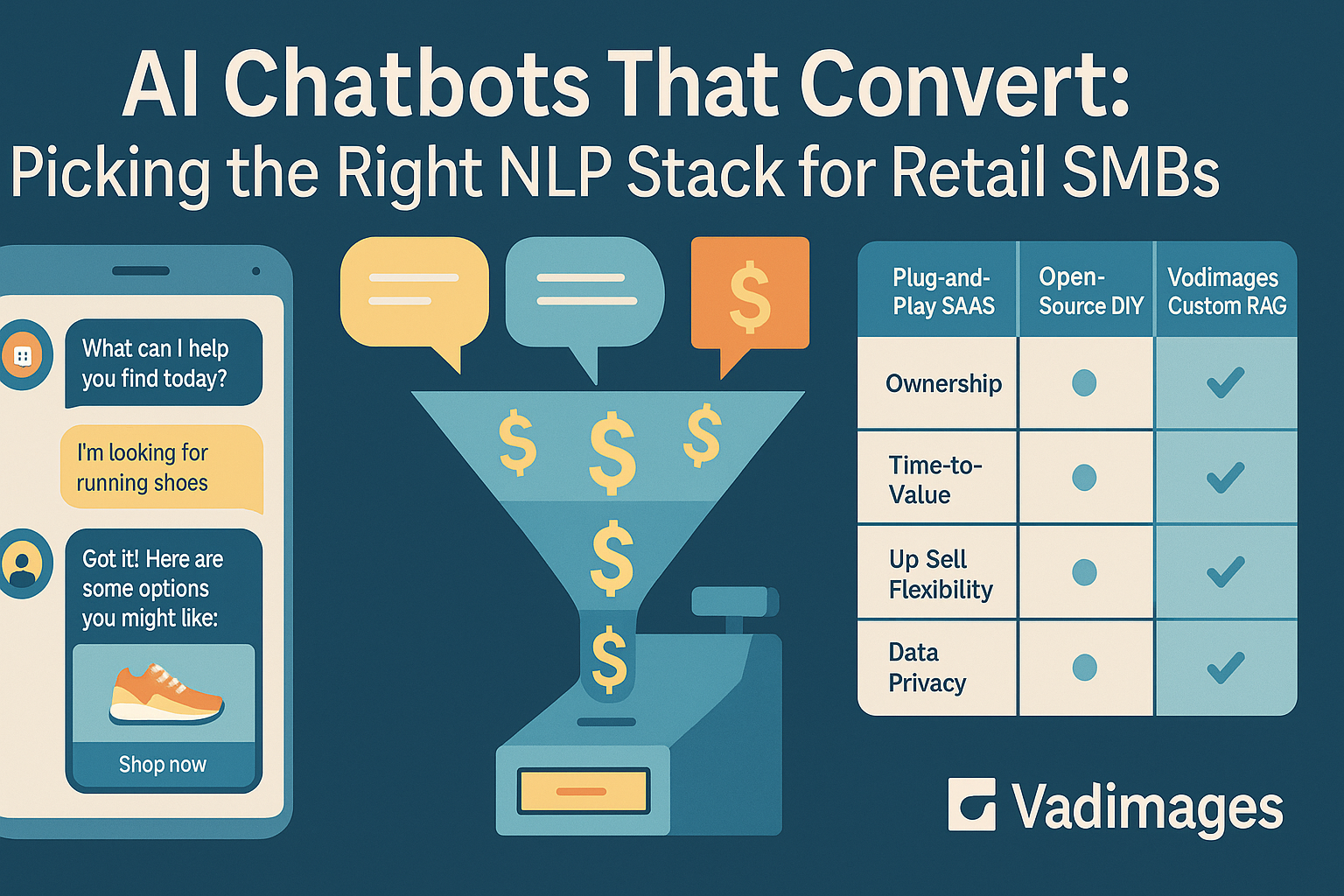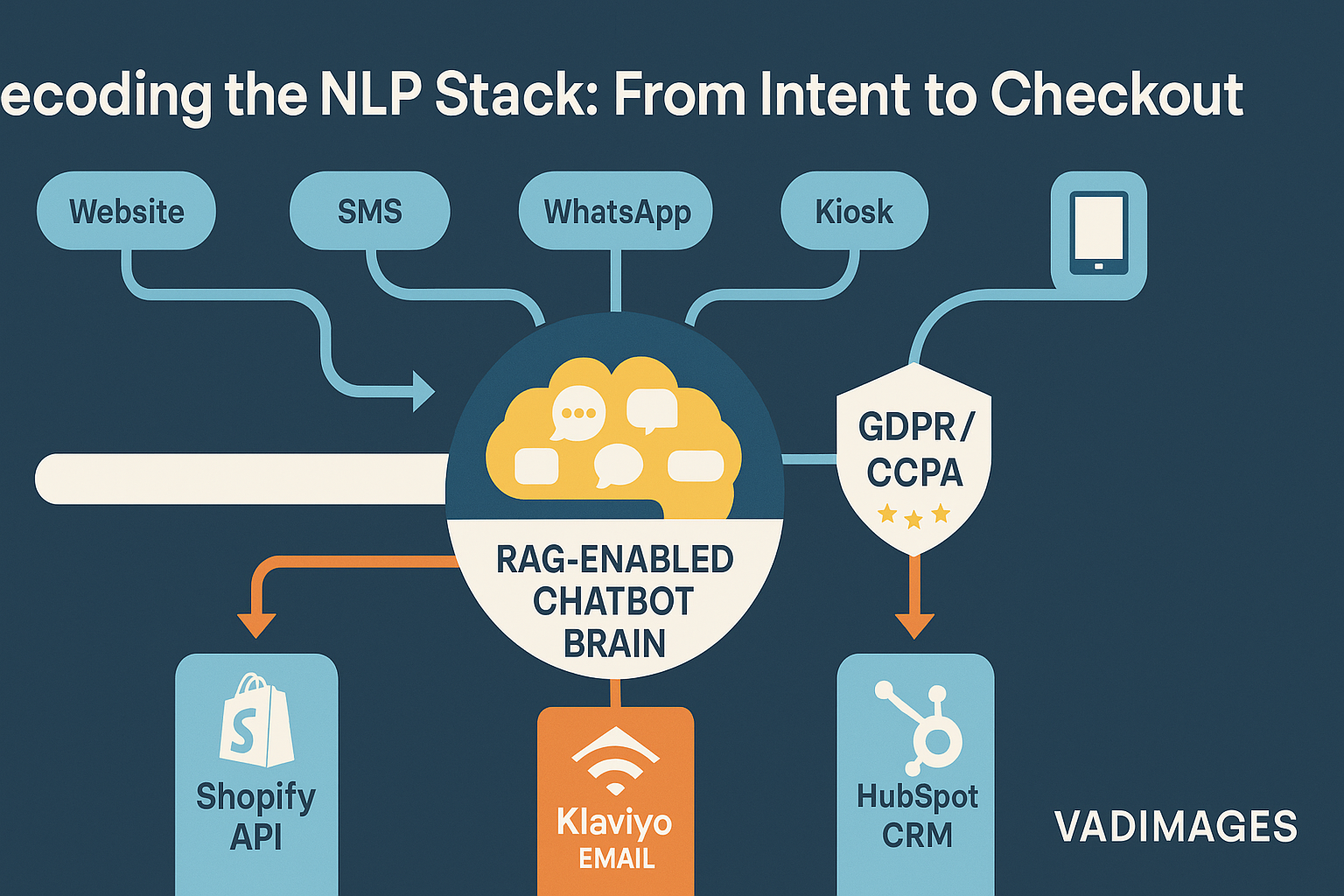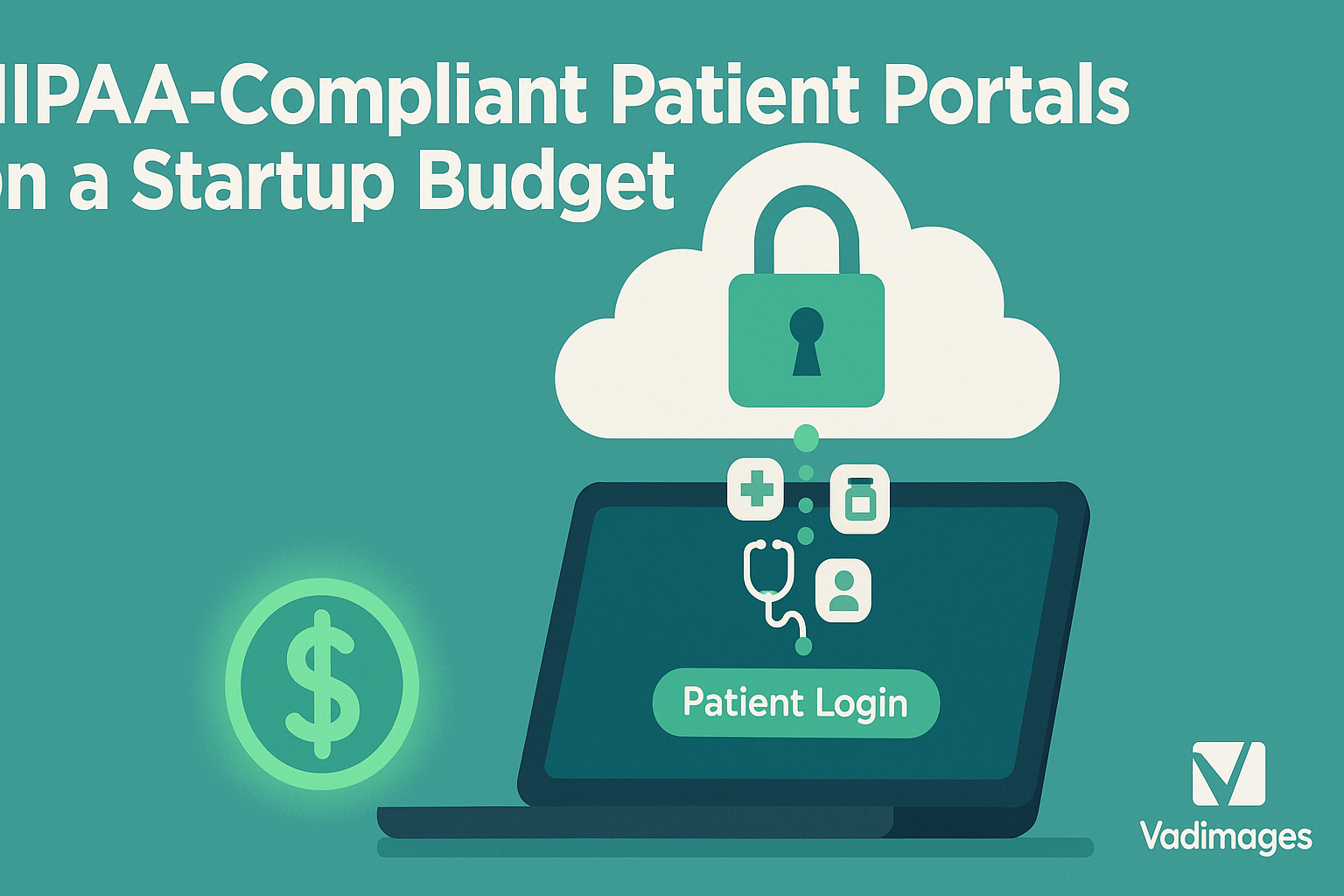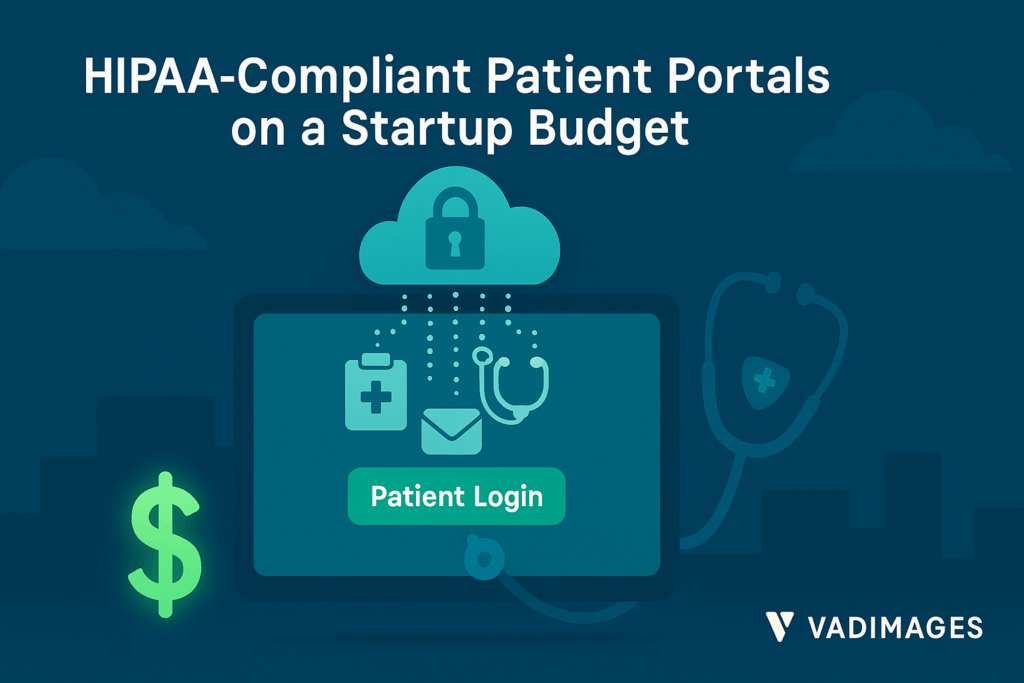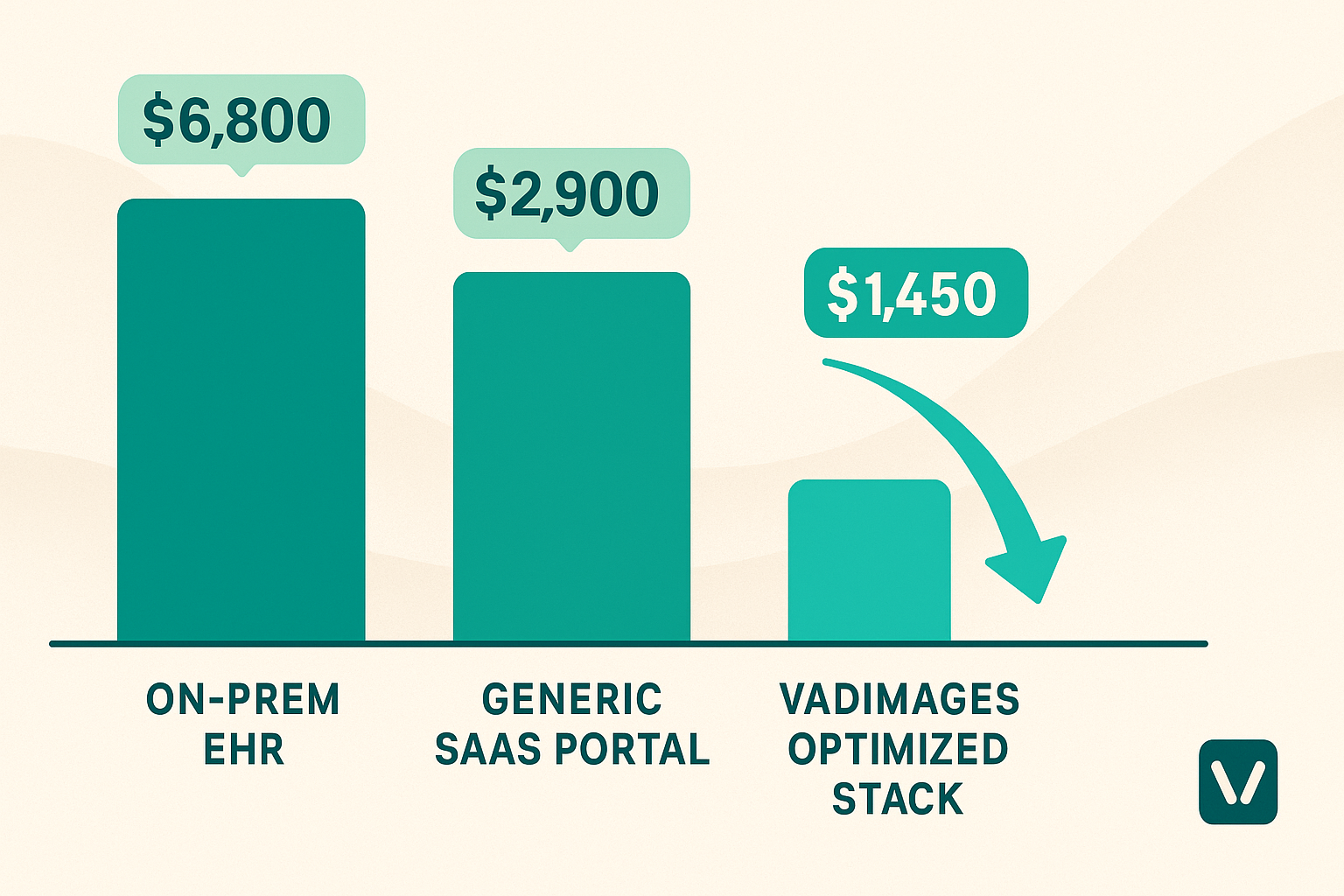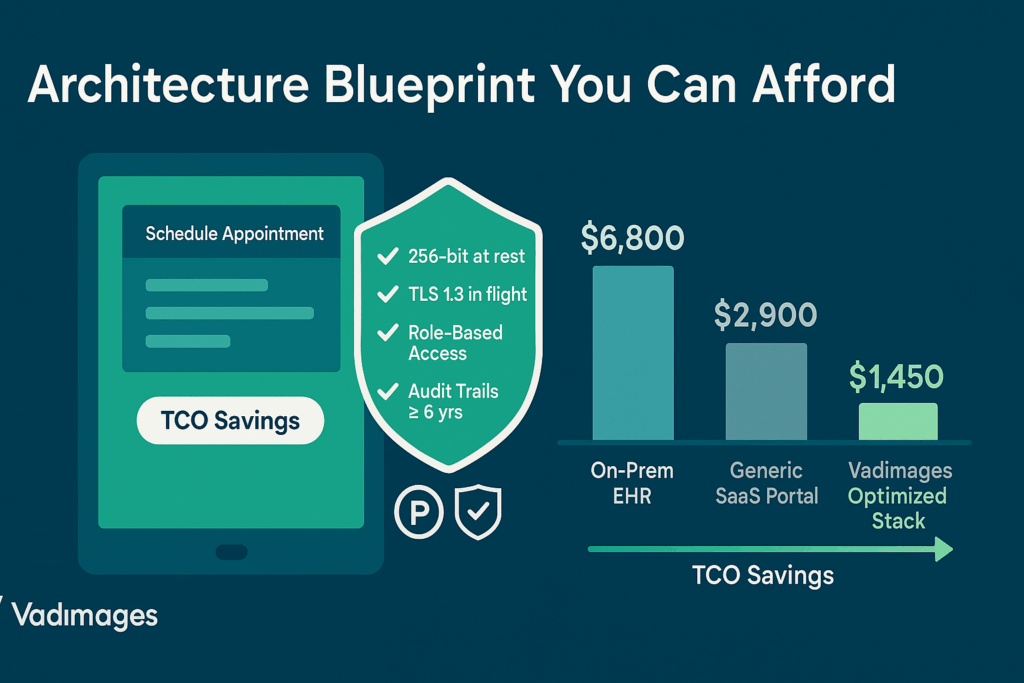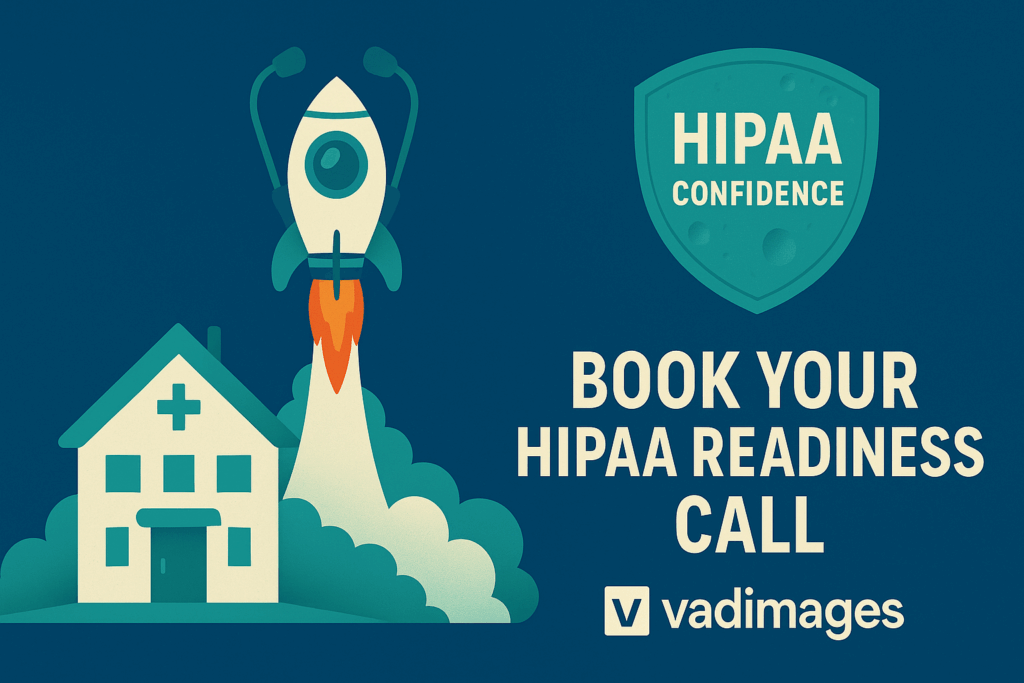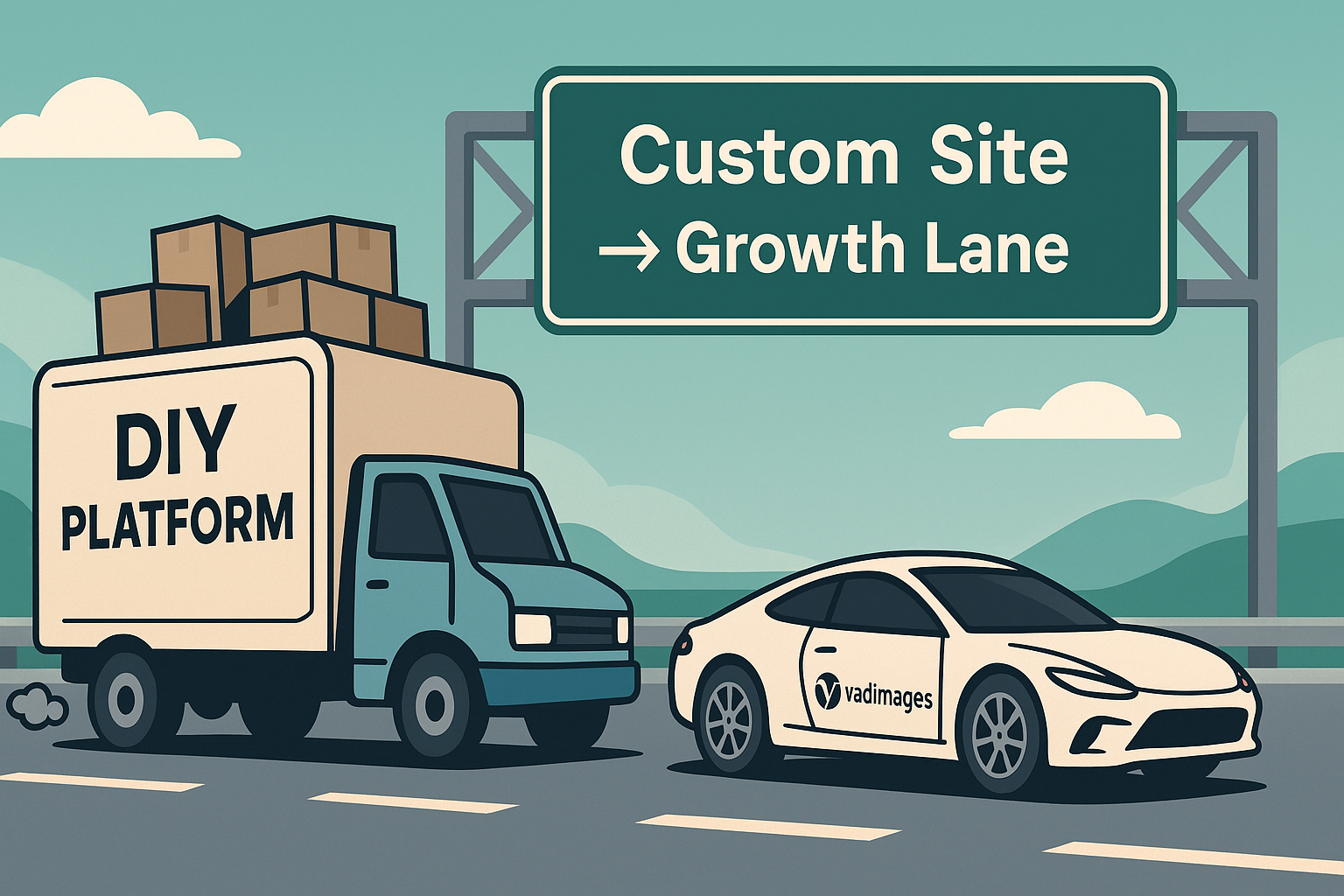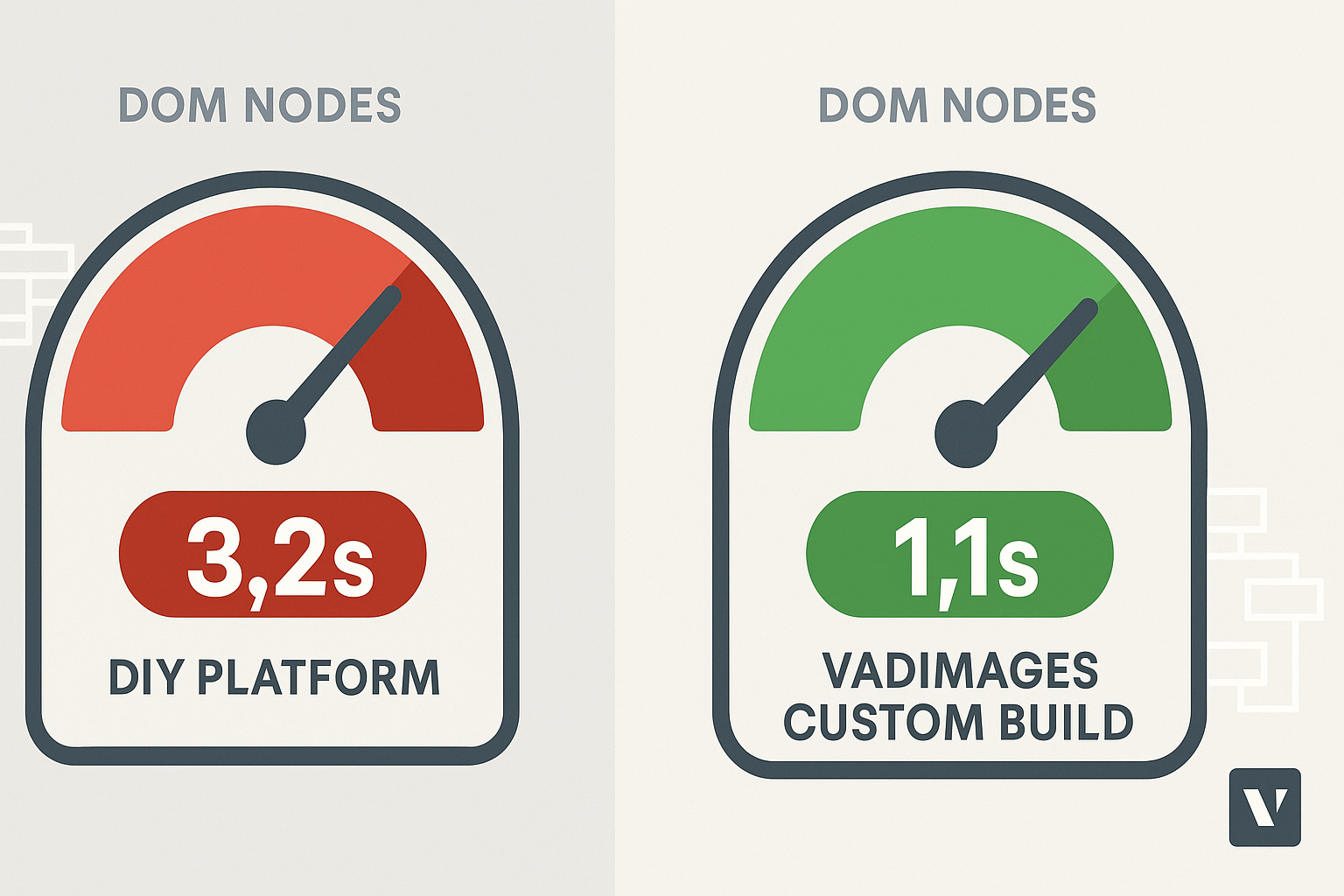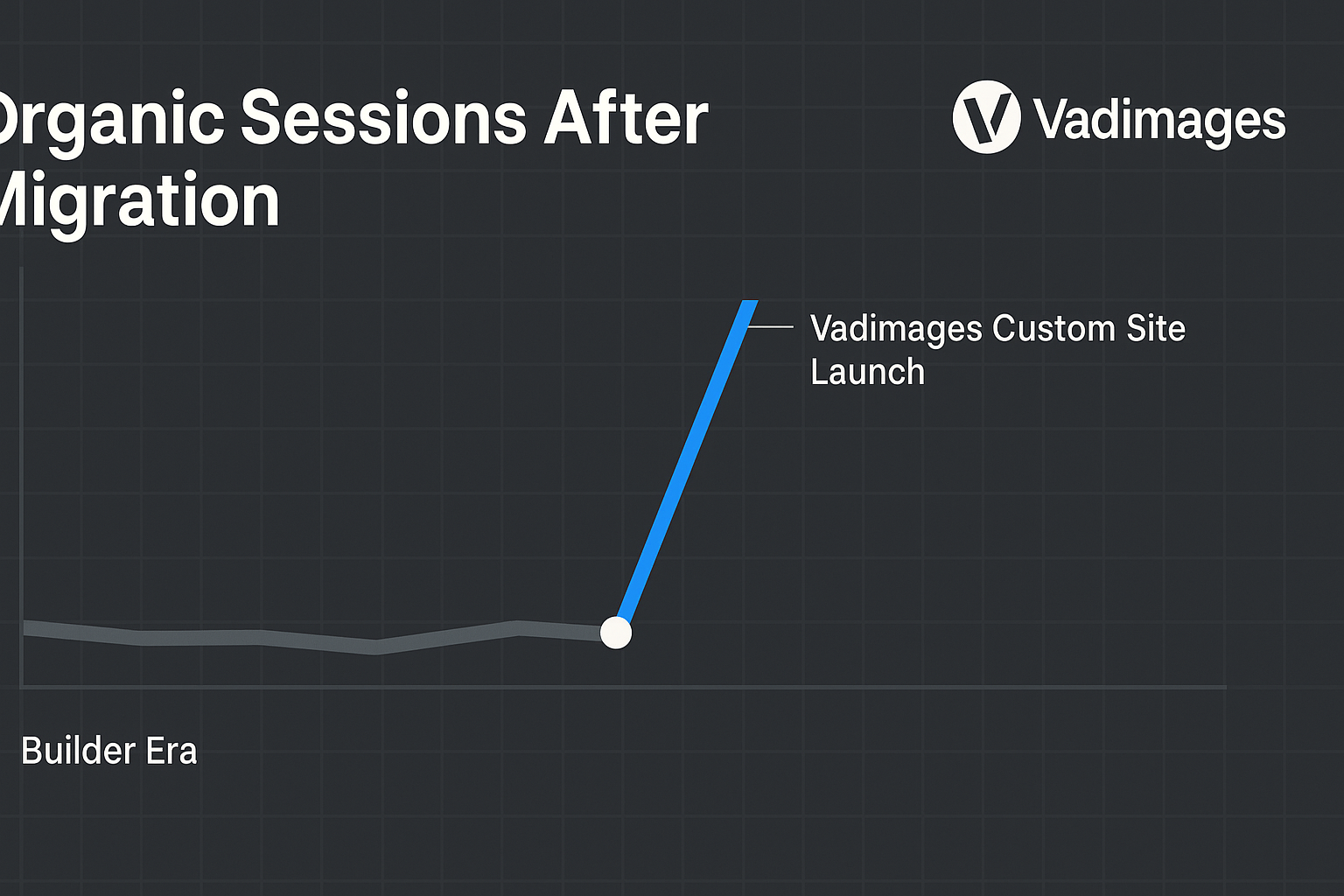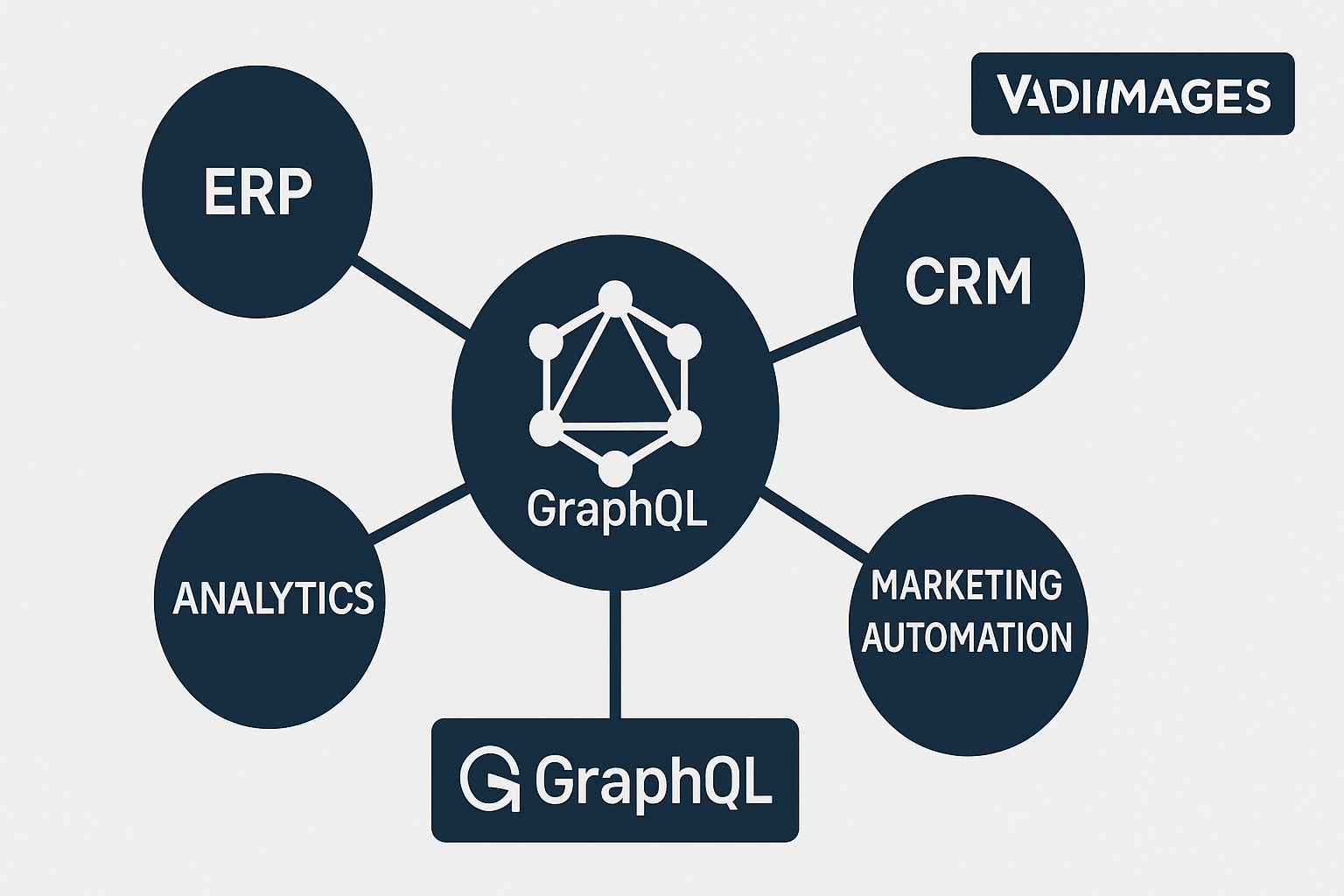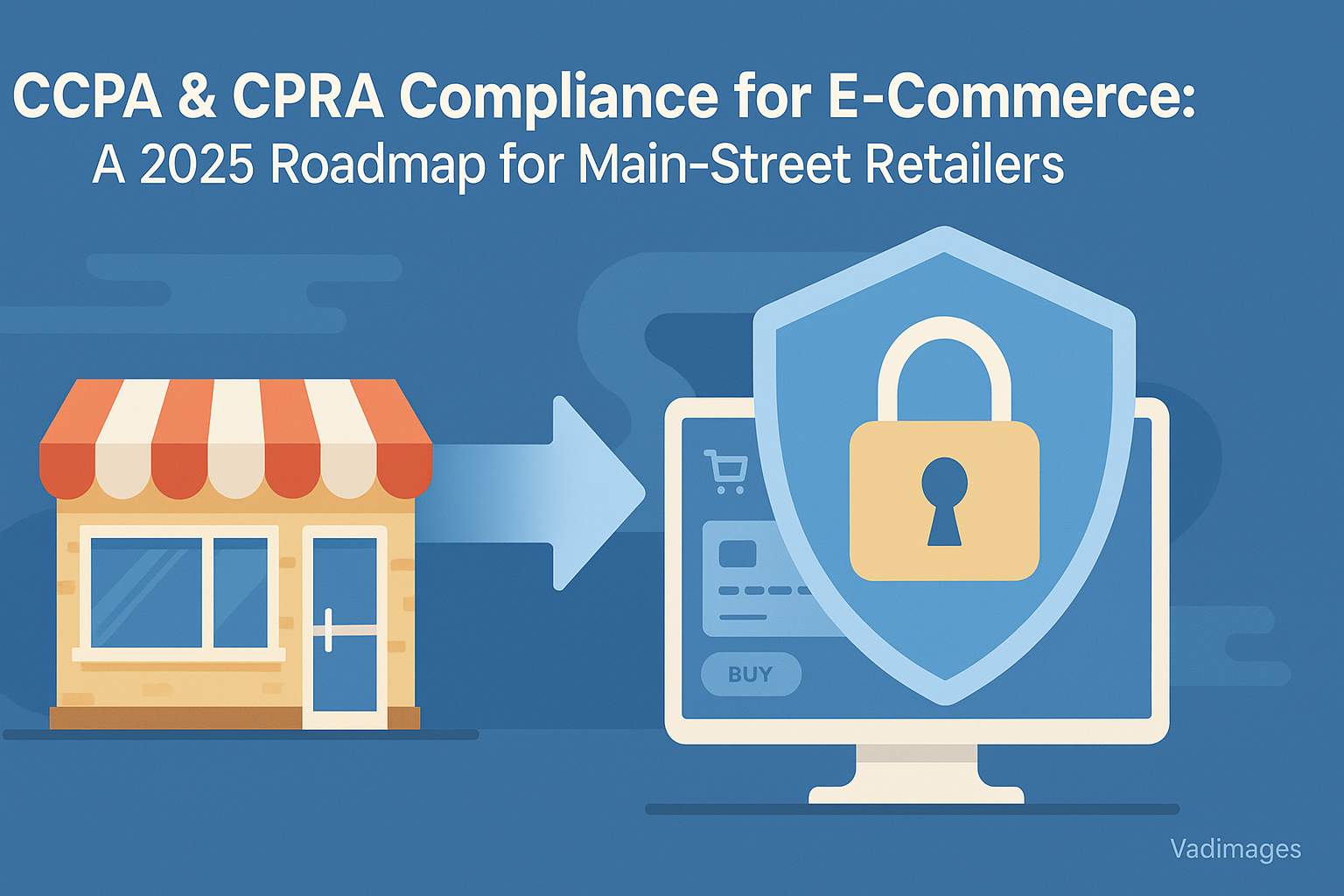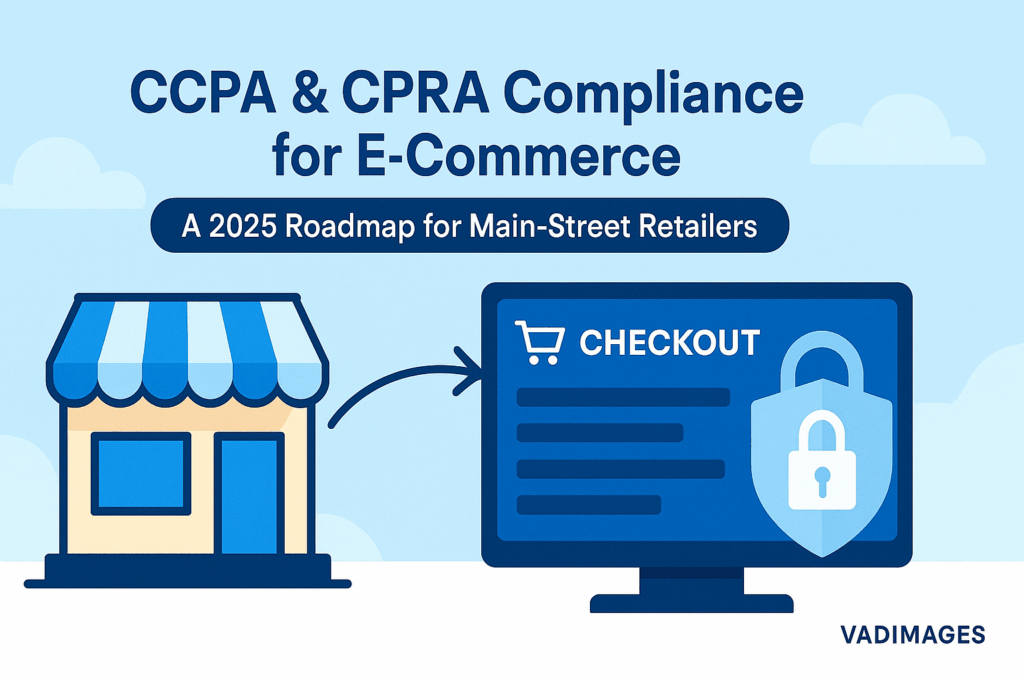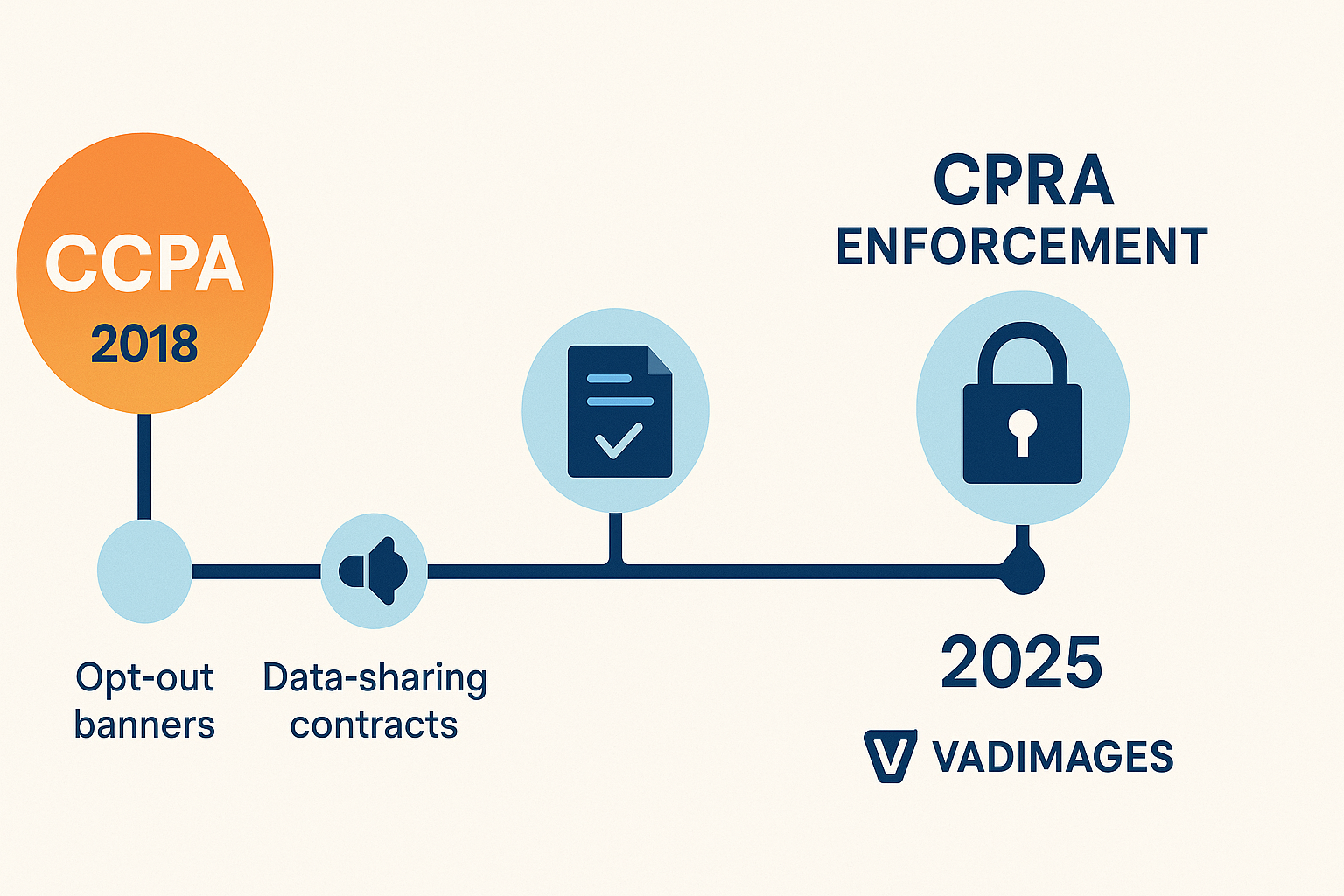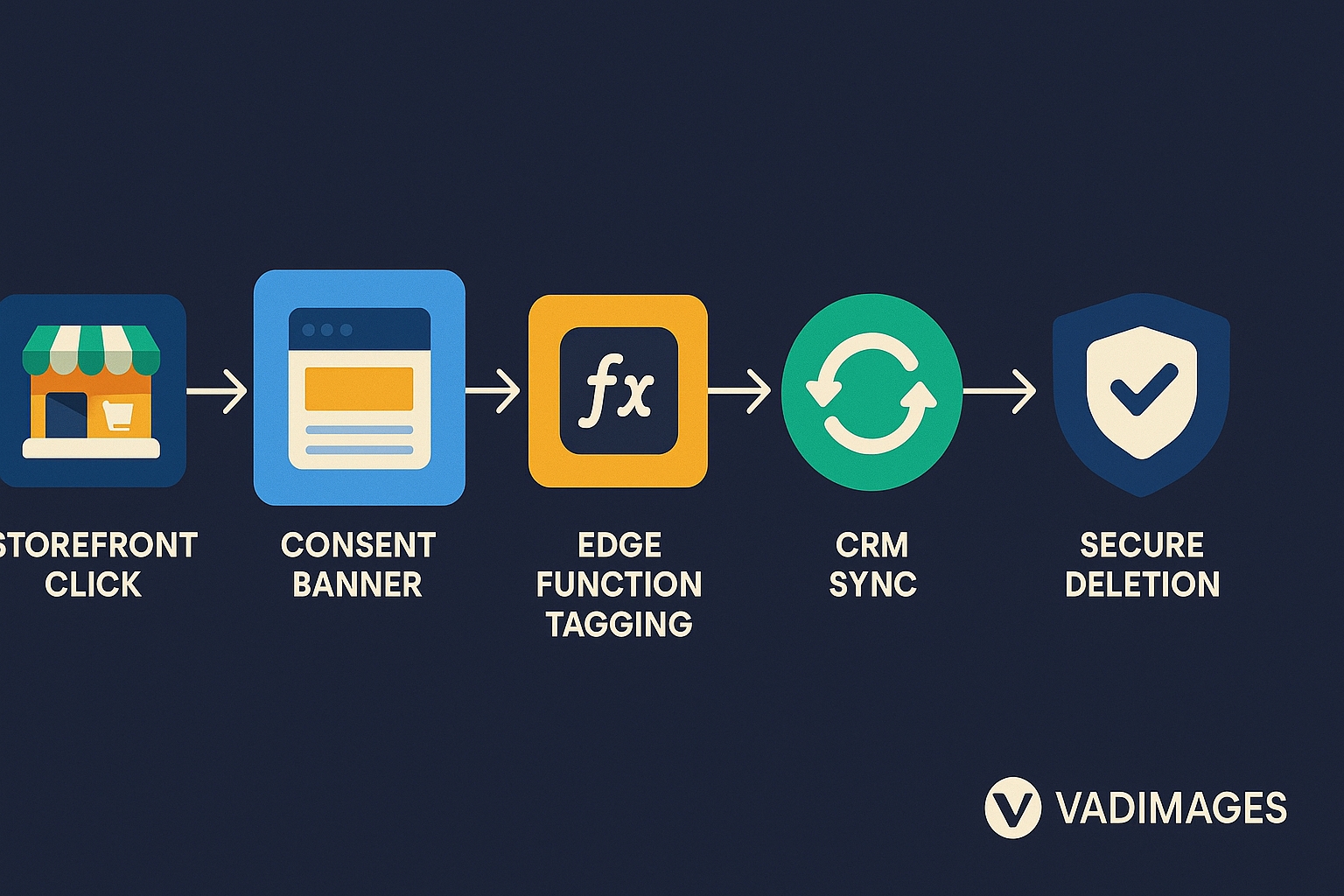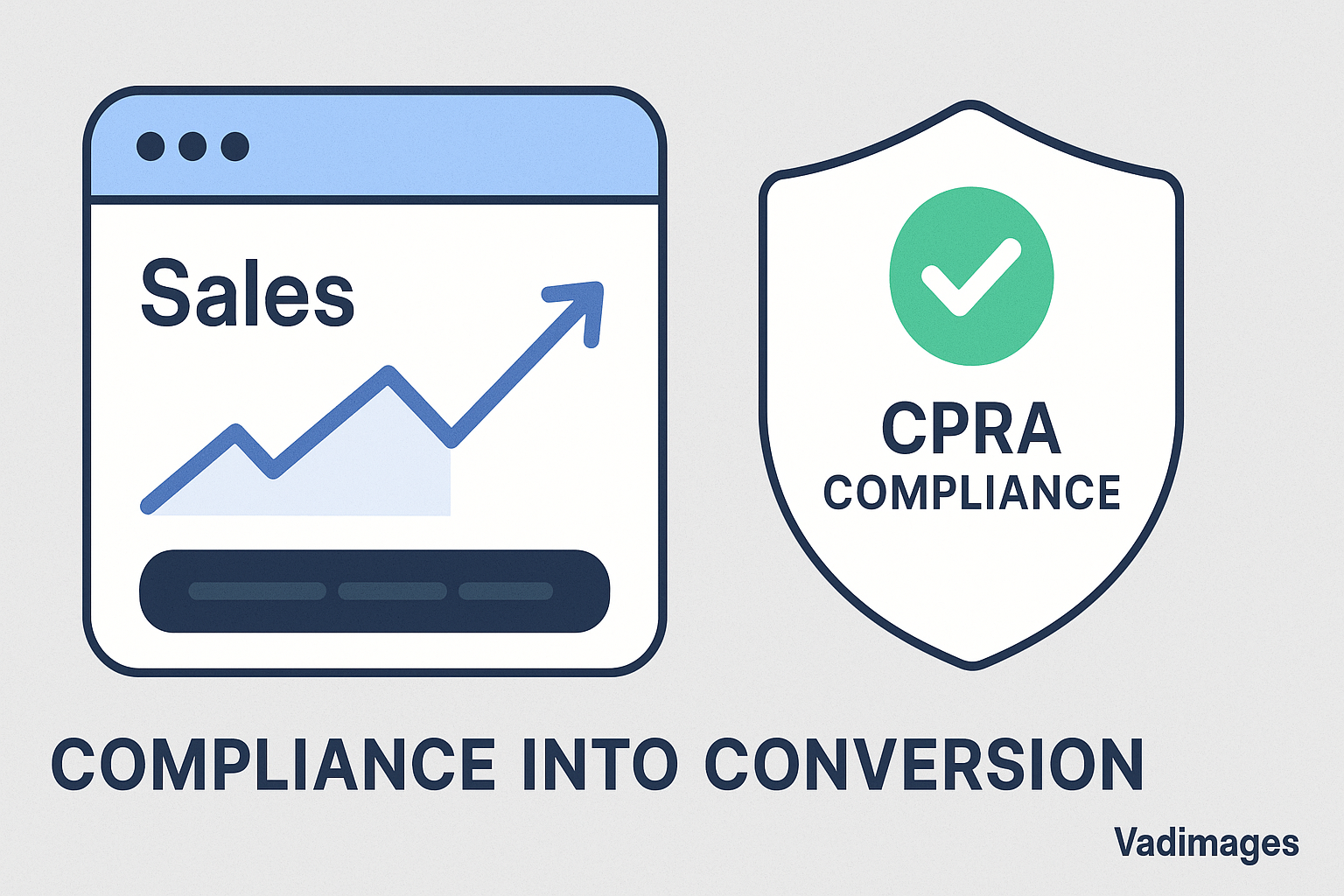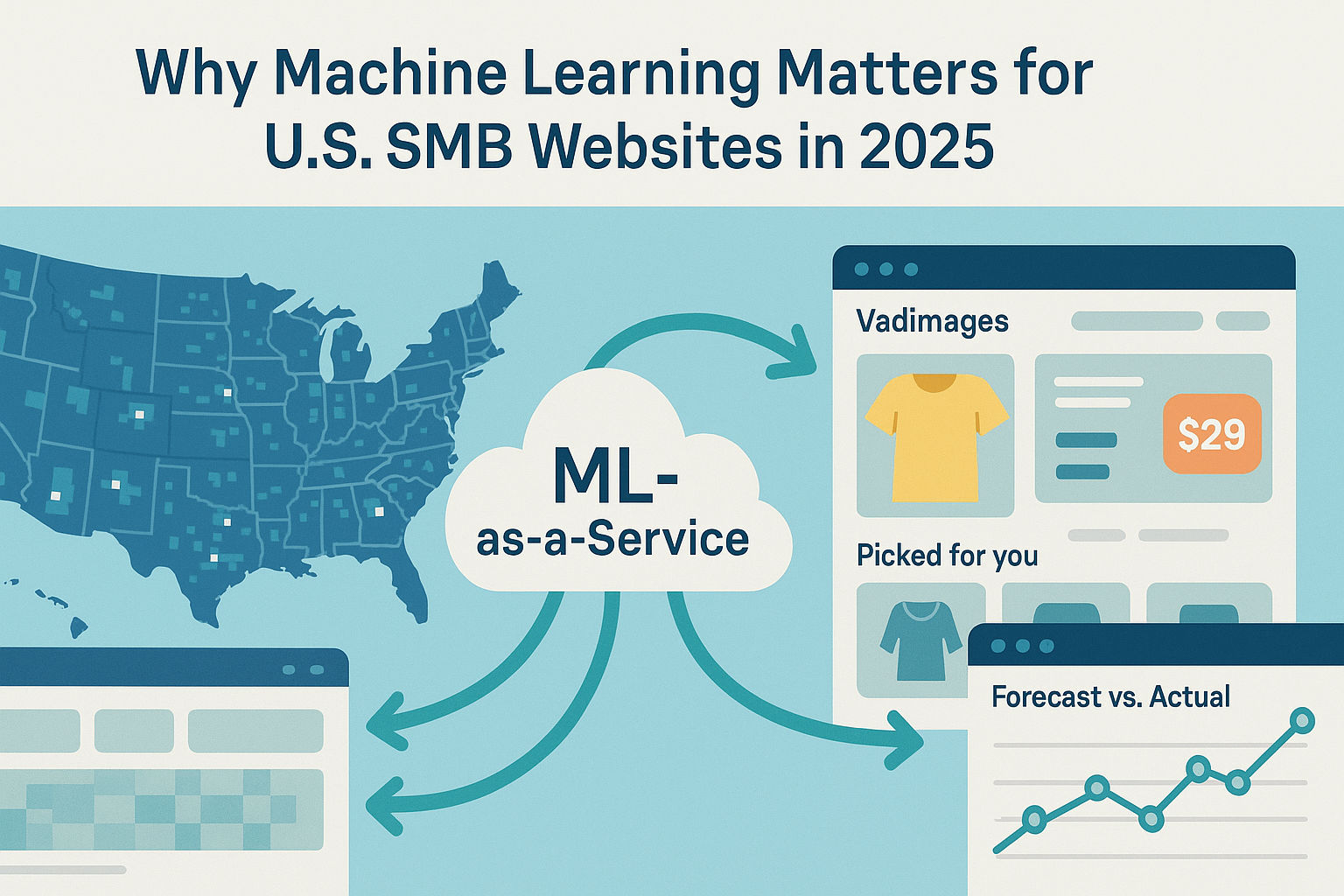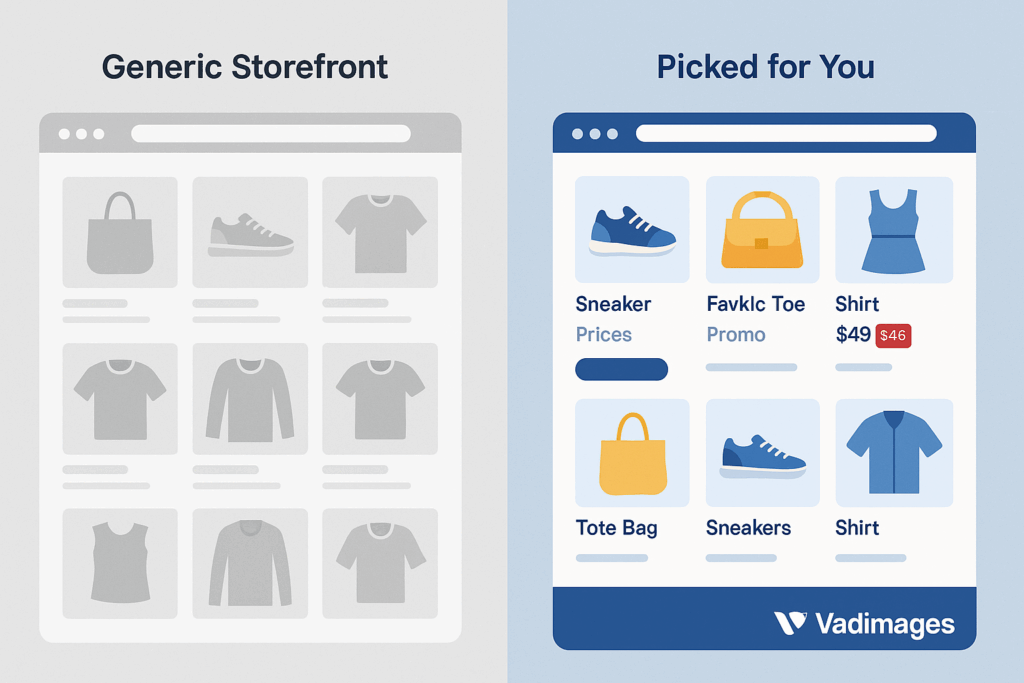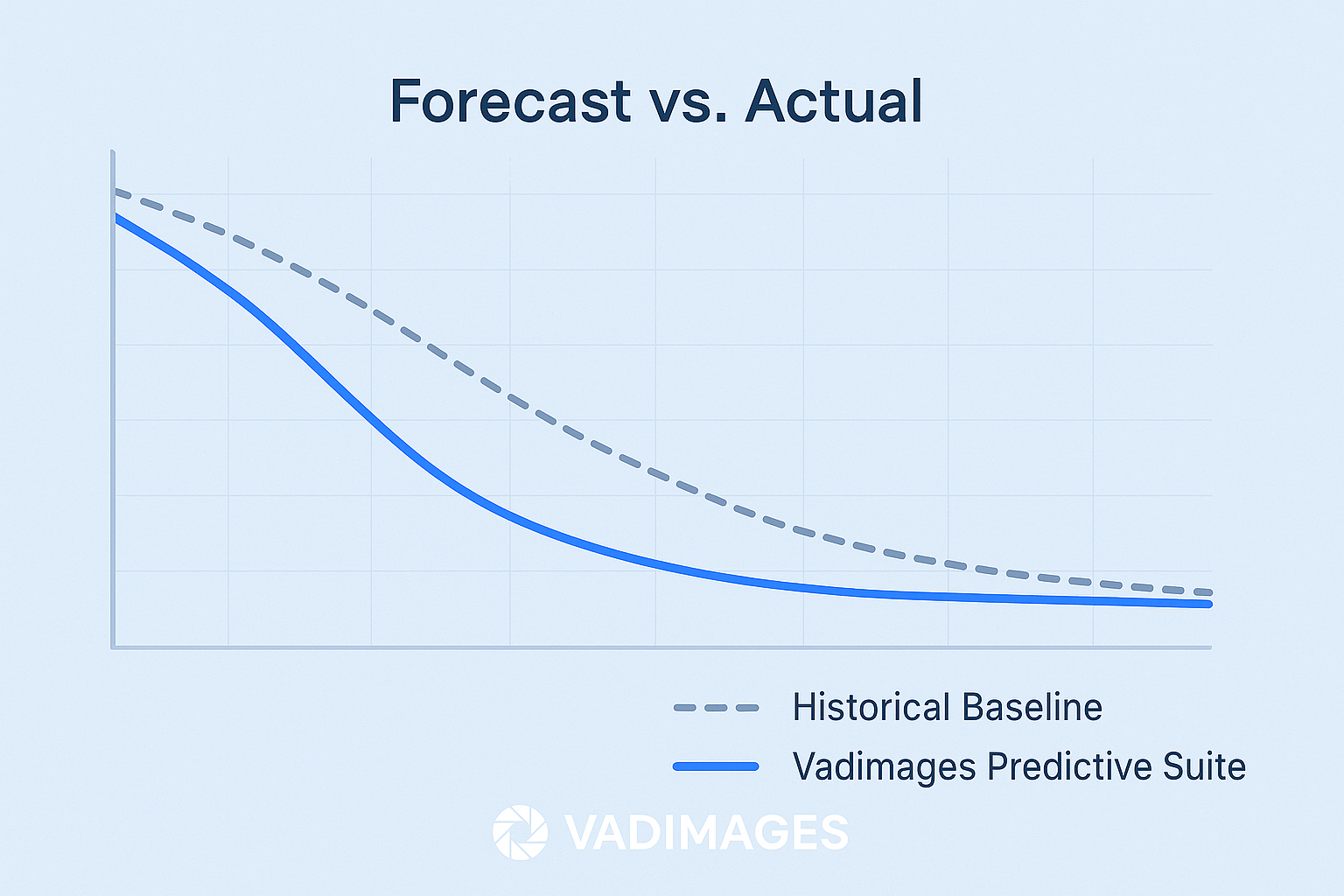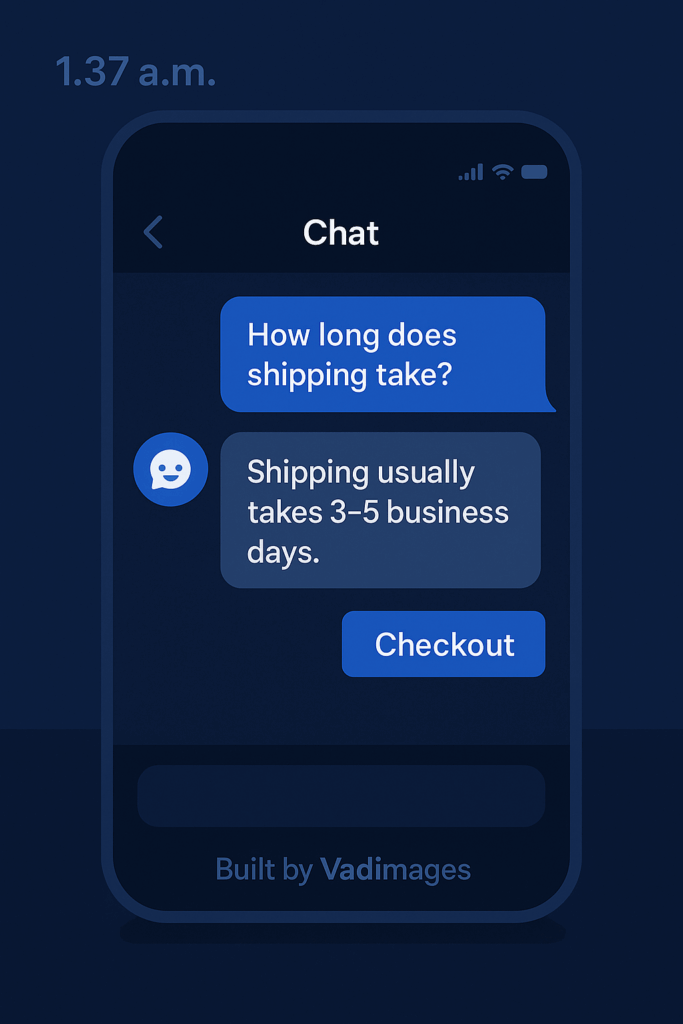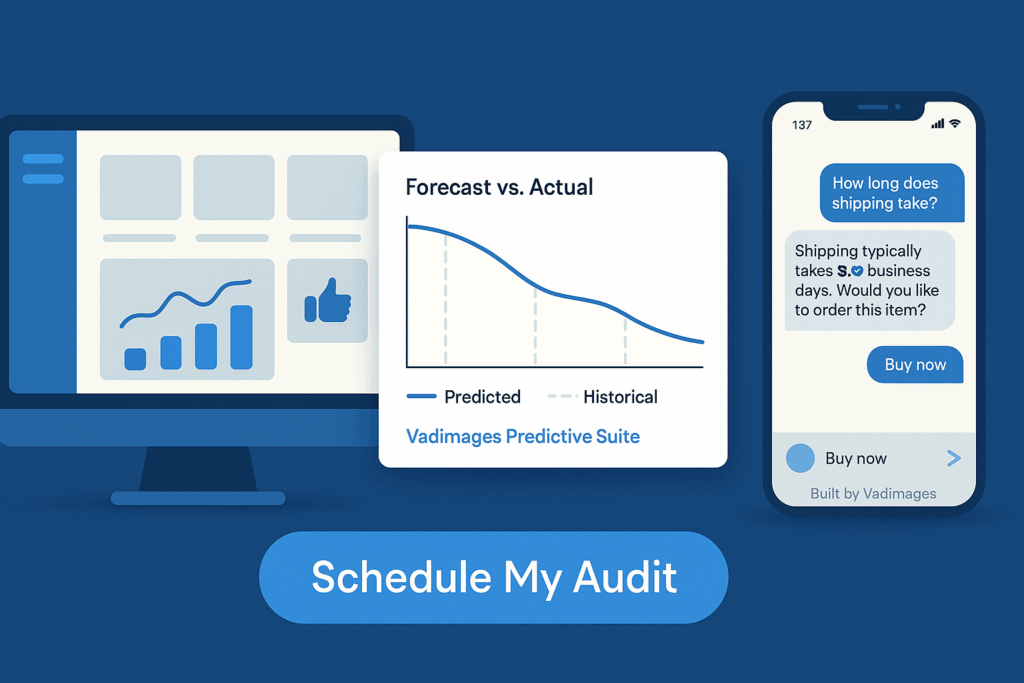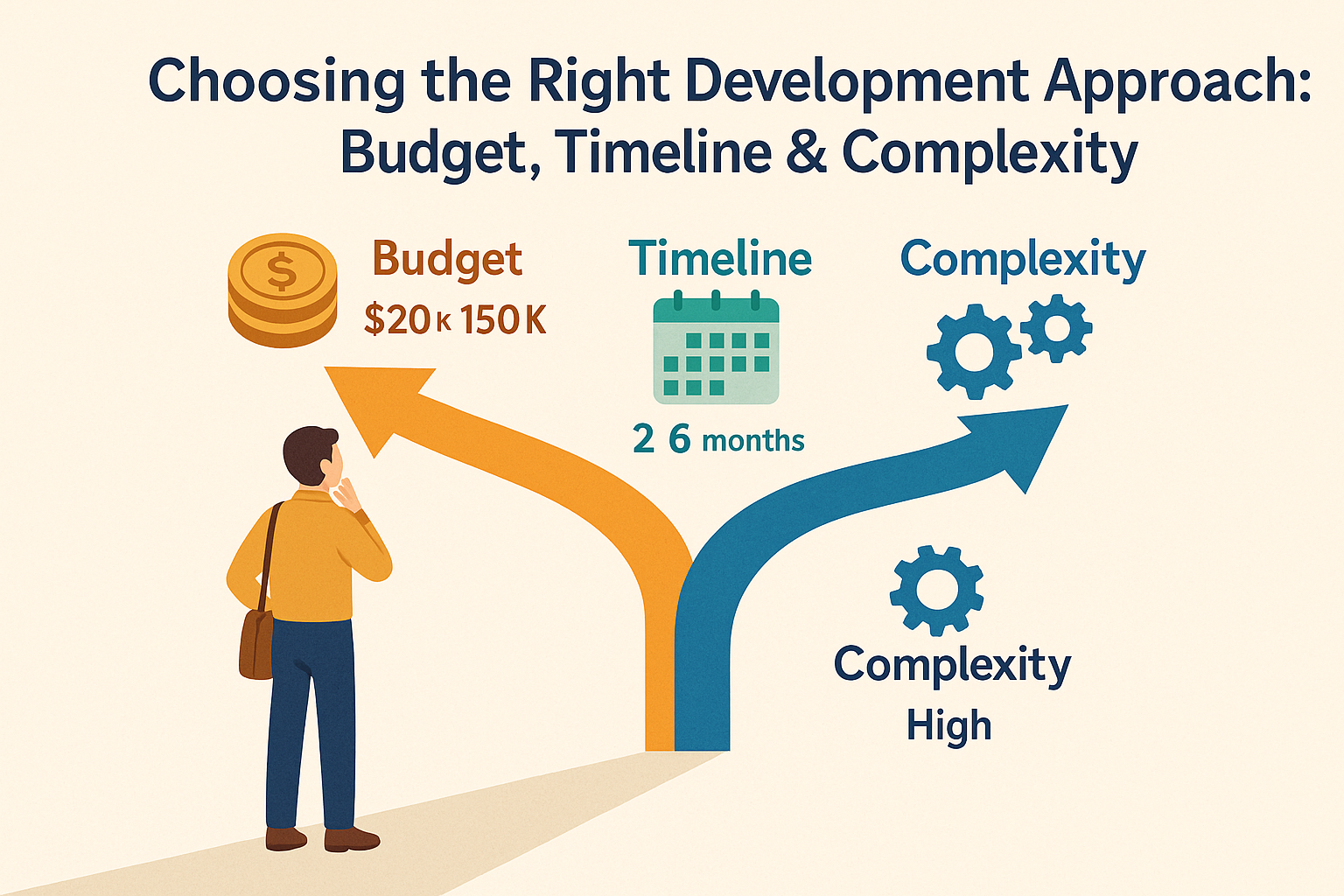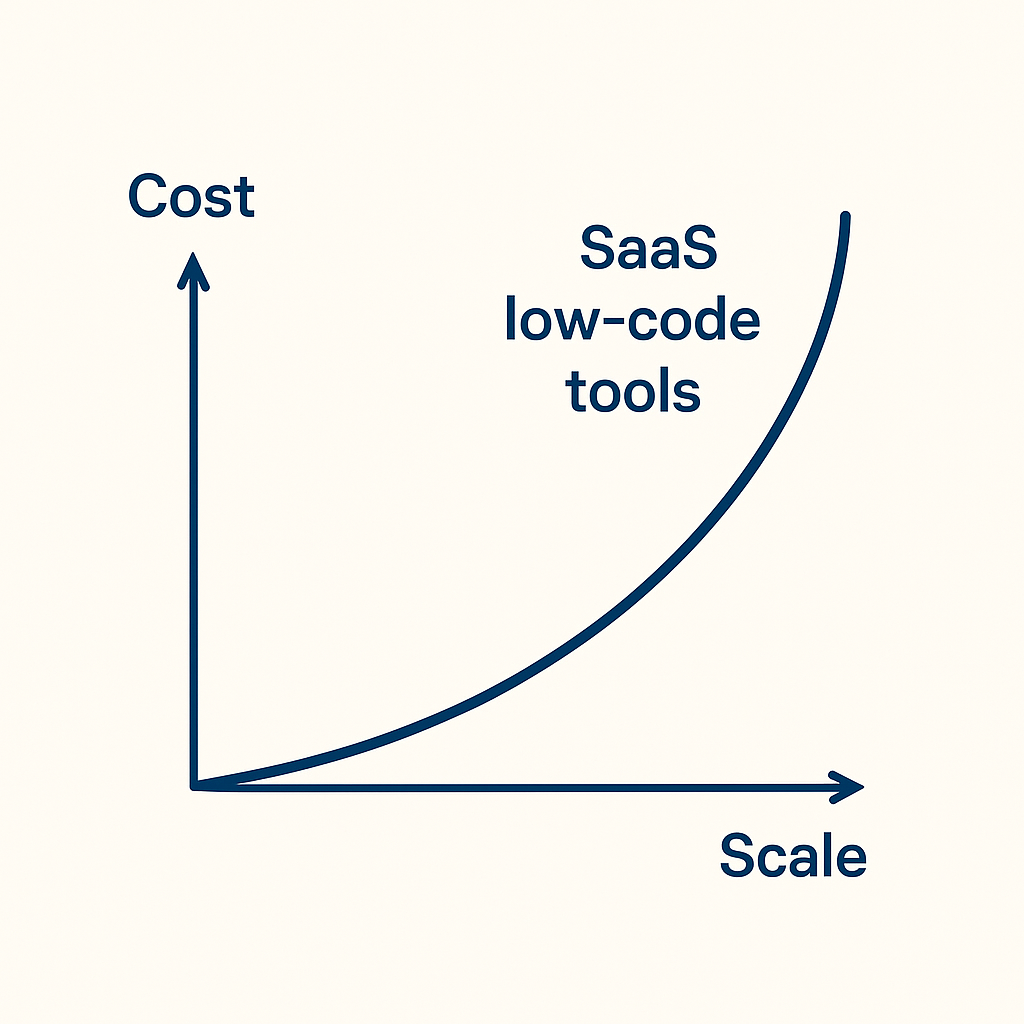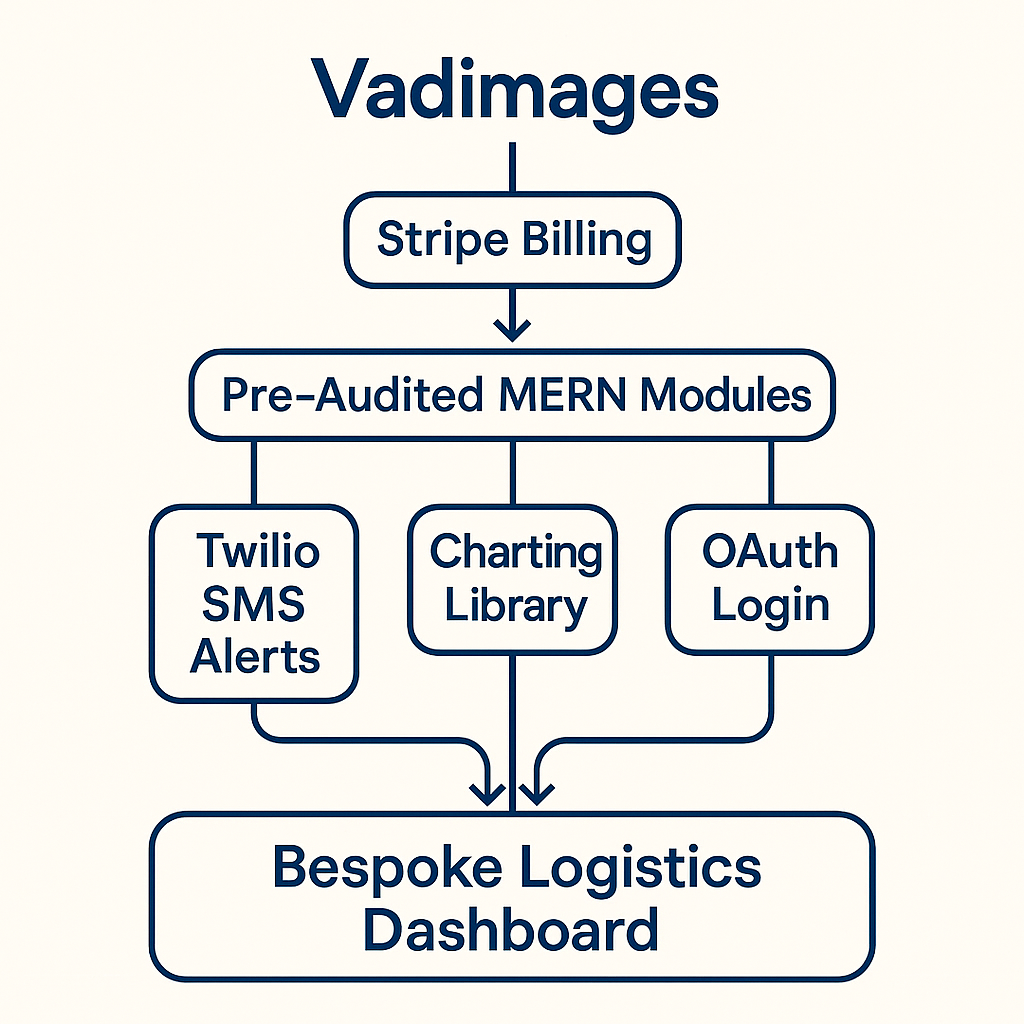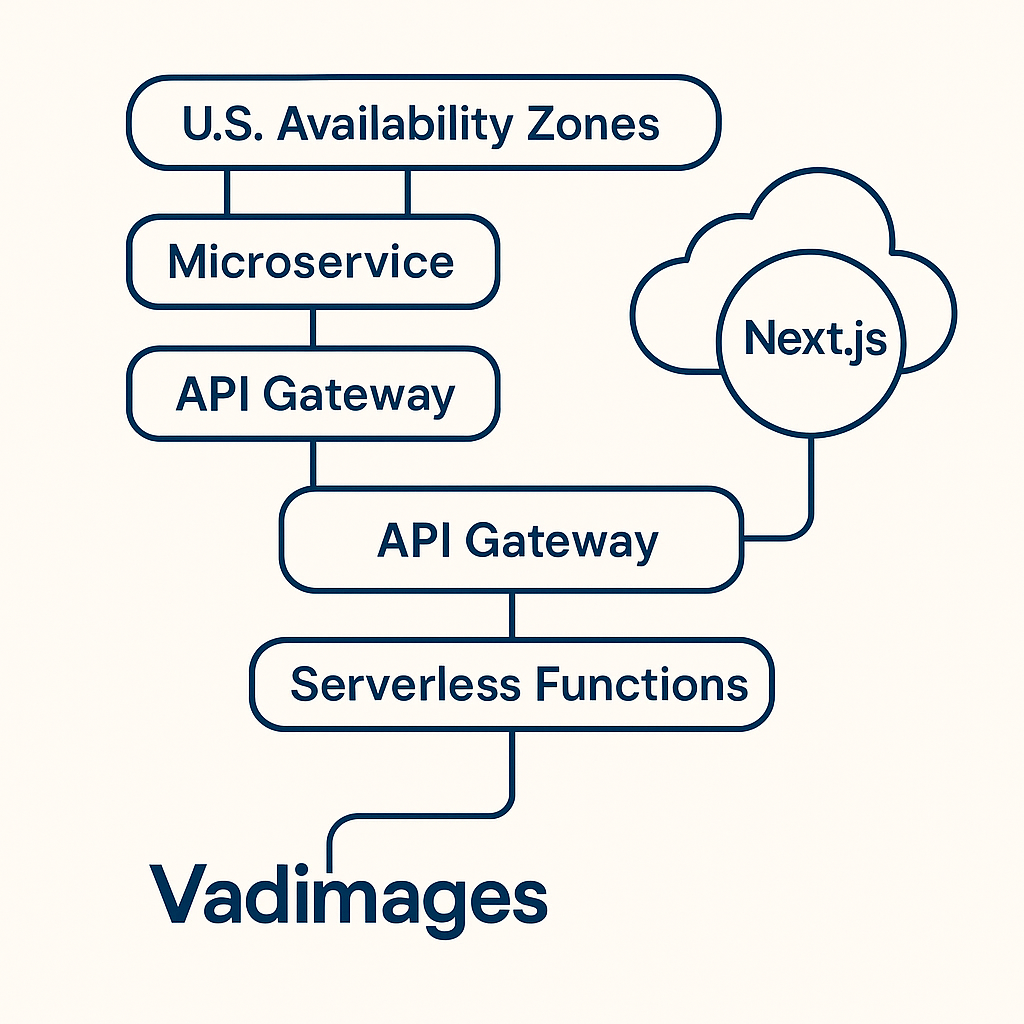The Cost of Ownership Curve
When a store crosses the first million in annual revenue, subscription invoices begin to read like profit-eating rent. Shopify’s new 2025 Advanced tier breaks down to roughly $0.35 for every $100 processed once apps and percentage fees are tallied; WooCommerce appears gentler until you factor in self-hosting, premium extensions, and the full-time DevOps retainer needed to keep Core Web Vitals green. A bespoke cart front-loads expense—often $80 K to $250 K in the United States—but amortizes at the speed of your growth. If you expect compound 40 percent year-over-year expansion, the breakeven on a custom build typically arrives in twenty-two to twenty-six months; if growth plateaus below fifteen percent, platform rent may remain the cheaper path. The right answer therefore tracks the shape of your revenue curve, not this quarter’s gross merchandise value.
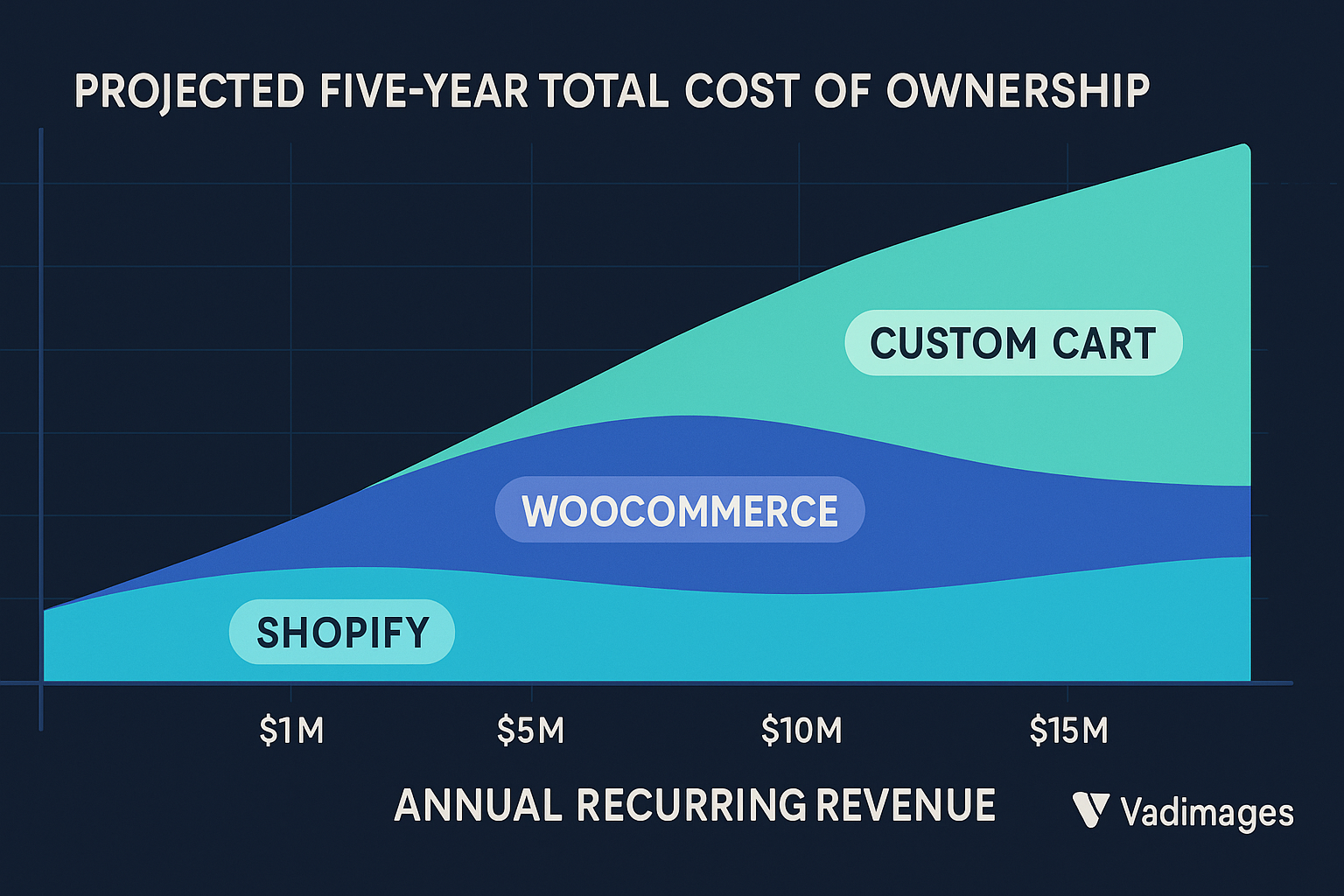
Flexibility, Extensions, and Speed to Market
Shopify’s edge is velocity. It bakes in PCI, fraud rules, and POS sync, so a stateside entrepreneur can spin up compliant checkout in a weekend. WooCommerce wins at malleability: it inherits WordPress’s plug-and-play template architecture, which means you can slip a headless Next.js front end in front of the legacy stack without rewriting order logic. Yet both ecosystems carry opinionated modal windows, database schemas, and checkout steps. By year three, merchants begin sculpting growth hacks around those guardrails—often reinforcing the very walls they planned to outgrow. A custom cart flips the equation: you spend the first sprint re-creating table-stake features such as tax, rate limiting, and shipping rules, but you own the blueprint forever. Want to experiment with token-gated membership or real-time freight auctions? No marketplace approval cycle stands in the way.
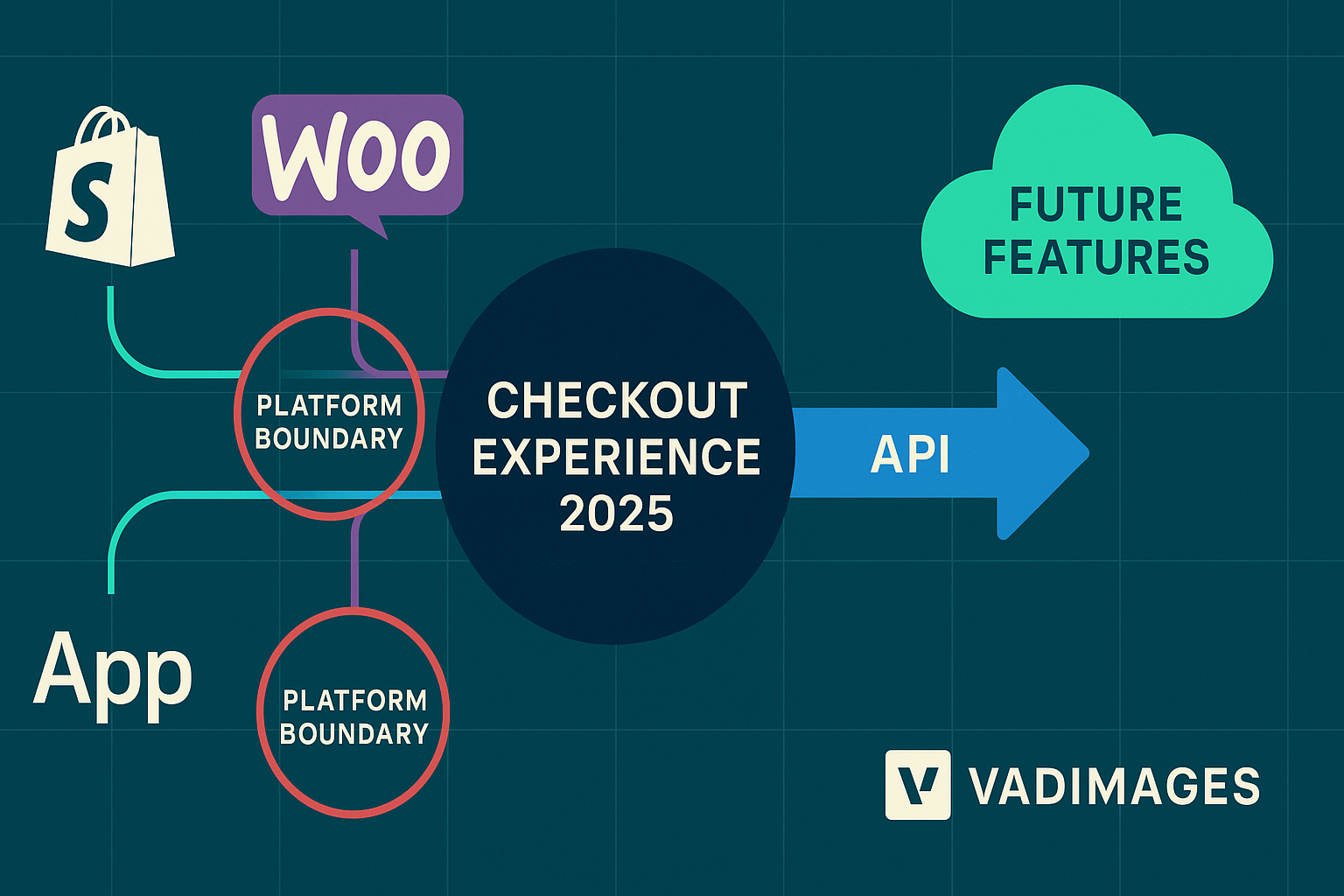
Lock-In, Data Portability, and Valuation
Private-equity buyers scrutinize customer data sovereignty almost as closely as EBITDA. Shopify historically prohibits reusing its hosted PCI vault outside its ecosystem; WooCommerce stores payment tokens locally, but plugin updates can fragment schema versions and complicate audits. A custom cart grants clean tables mapped to your capitalization strategy, which accelerates diligence and bumps multiples by eliminating perceived migration risk. On the trade-off side, the merchant shoulders compliance liability in perpetuity. That burden feels lighter once you hit eight figures and can staff an in-house security lead; it feels heavier when three founders divide tasks after midnight. For many U.S. small and mid-sized businesses the sweet spot emerges around the $5 M mark: enough volume to justify unified ownership, yet still early enough to sculpt architecture that supports an omnichannel exit—or public marketplace listing—by 2030.
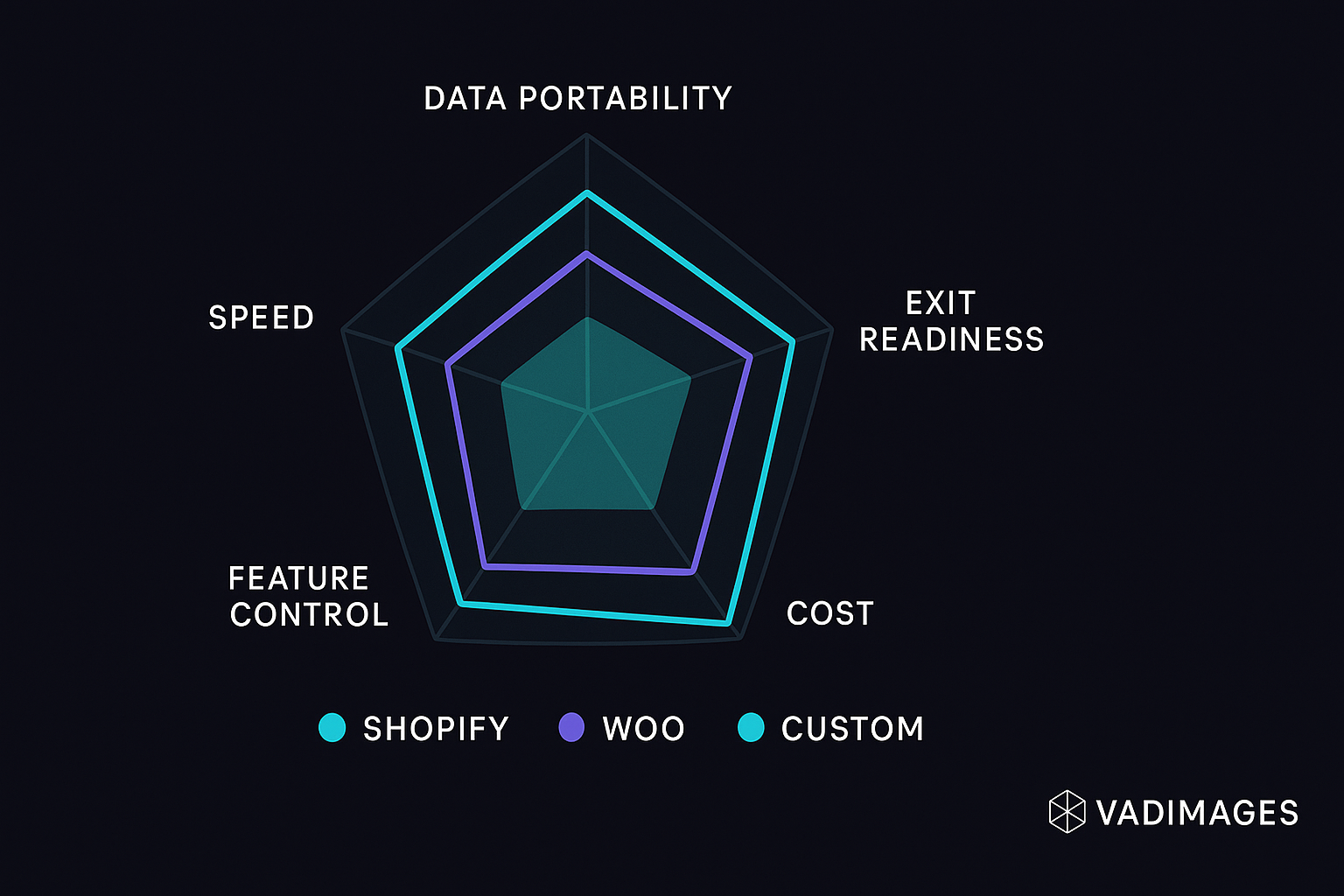
Why Growing Stores Partner with Vadimages
Vadimages has rebuilt abandoned Shopify scripts, stabilized WooCommerce clusters hit by surprise PHP-8.5 updates, and engineered Rust-powered custom carts capable of 150 ms median checkouts across four U.S. regions. Our advisory process begins with a platform-agnostic model that projects five-year contribution margin under each scenario, adjusts assumptions for fulfillment geography, and returns a capital-efficiency score you can share with investors. If Shopify remains the fastest path, we shrink technical debt by replacing brittle Liquid snippets with modern Hydrogen components. If WooCommerce offers optimal ROI, we consolidate plugins, harden the CI pipeline, and layer Next.js edge routes for lighthouse-grade speed. If the math points toward a bespoke cart, our team assembles a GraphQL core in weeks, scaffolds tax, auth, and inventory from proven micro-services, and trains your staff so you never depend on a single vendor again. The result is an e-commerce engine you own, extend, and—when the time comes—sell at premium valuation.
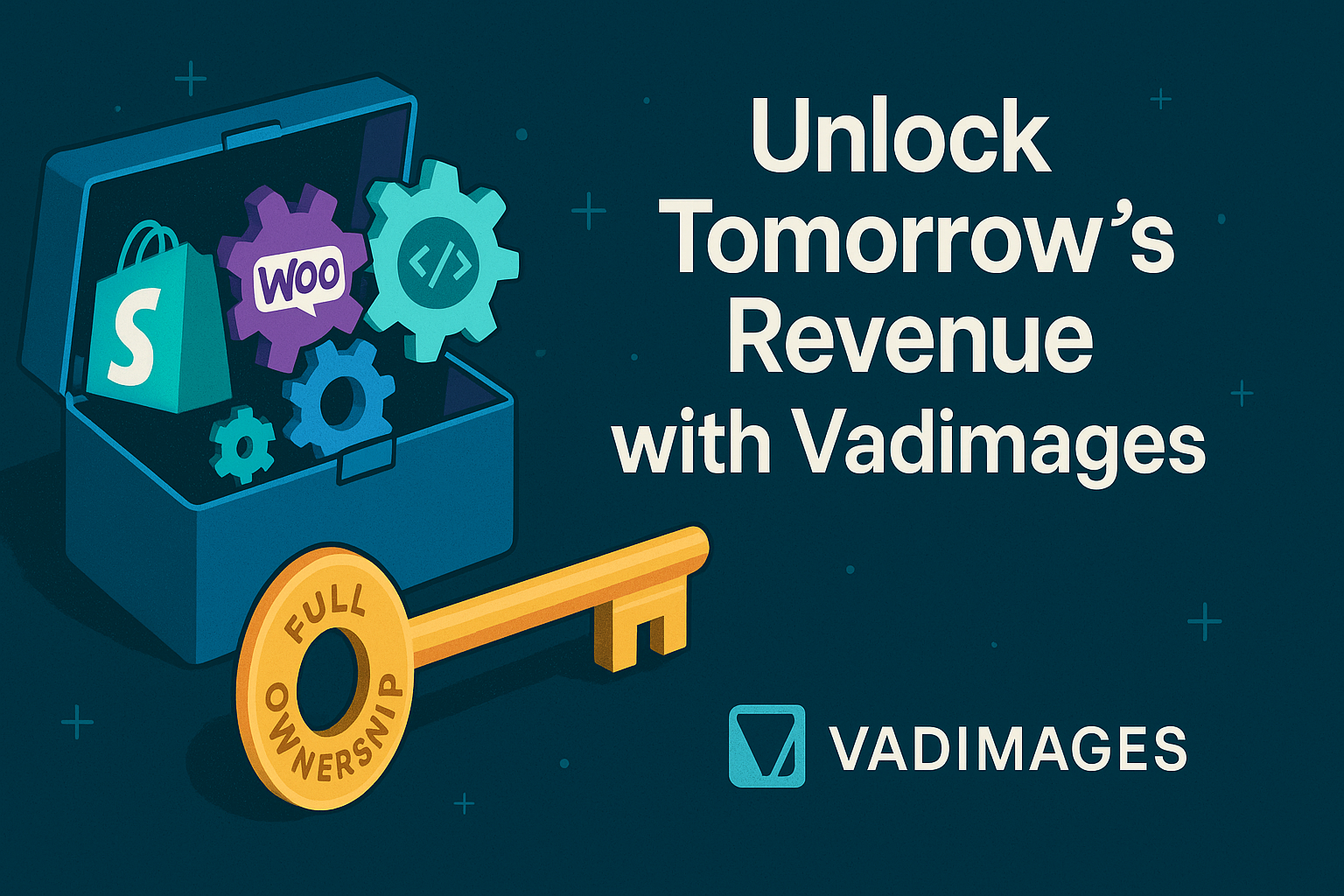
Your competitors are already A/B-testing subscription bundles, Web3 loyalty tokens, and AI-curated carts. Whether you double-down on Shopify, rationalize WooCommerce, or commission a future-proof cart from scratch, the clock to differentiation keeps ticking. Reach out to Vadimages today, and let our U.S.-based strategy leads map a platform journey that compounds—not caps—your store’s potential.
